This page is based on a webpage written by Bruce G. Draper and Lindsay Mann for the CLOSED AND PIONEER CEMETERIES TOURS of 7TH and 14th OCTOBER 2012 created by Dennis Ward.
Hazel Glen Cemetery
The Hazel Glen Cemetery, now the Arthurs Creek Cemetery, was established by Patrick Reid as a private burial ground for his young wife Agnes (nee Hay) who died on 17 May 1847 at the early age of 49. Agnes had expressed a wish to be buried at her favourite picnic spot on the nearby hilltop overlooking the Hazel Glen homestead and former Stewart’s Ponds pastoral run. The Hazel Glen run then comprised some eight 640 acre sections, held under annual licence by Patrick Reid since 1 January 1844.
A letter from the Survey Office, signed by Robert Hoddle and dated 18 January 1851, advised Patrick Reid that the whole of his run, except for the homestead section, had been applied for and leased to Mr. William Walker. This included the burial ground in the section to the east of the homestead. Patrick Reid held a pre-emptive right to the 640 acre homestead section which was approved for purchase on 30 April 1852.
A petition from Reid ‘claiming compensation for the taking away of his run on the Plenty’ was referred to a select committee of the Legislative Council. The Committee found that Reid had a right to hold the sections of the run “until” charted, which had not been done until after the land was taken from him’, and ‘that he is fully entitled to recompense from the Colonial Revenue’.
Patrick Reid senior died on 28 July 1858 at the age of 74. He was buried alongside Agnes on the alongside hilltop overlooking the homestead.
Under the Duffy Land Act of 1862, leases in the Arthur’s Creek district were cancelled and the land surveyed and thrown open for selection. Members of the Reid family selected land adjacent to the Hazel Glen homestead section. The Hazel Glen burial ground was included in a six acre cemetery reserve, set aside for use as a public cemetery with access from Middle Hut Road.
A ‘public meeting of the inhabitants of the Parish of Linton and its neighbourhood was held on the 13 August 1867 in the Hazel Glen schoolhouse for the purpose of nominating Trustees for the Linton Cemetery.’ Trustees nominated were Robert Airey, Charles Draper, Patrick Reid junior, William Reid and Flavius E. Kingsford. The area around the Reid family graves was gazetted as the Linton Cemetery on 17 September 1867.
In early days, the area covered by the original Hazel Glen run and adjacent lands was referred to as the Hazel Glen district. As a consequence the cemetery continued to be known locally as the Hazel Glen Cemetery. This also reduced the possibility of confusing the name with the small township of Linton, south-west of Ballarat.
The steep road leading directly up the hill to the cemetery made access difficult. At a meeting of Trustees held at Charnwood on 13 December 1902 ‘The Secretary reported that the public meeting to arrange for improving the road leading up to the cemetery was duly held in the Mechanic’s Institute’. The outcome of it was that several of the residents met at the cemetery, and formed the road deviating into Mr. W. Reid’s and on up to the cemetery. … The road as it now is, is a very great improvement as the grade up the hill is very much lessened.
A special meeting of Cemetery Trustees held on 10 July 1926 decided ‘that (the) name of (the) Cemetery be changed from Linton to Arthur’s Creek’.
At the annual meeting held on 11 February 1928 it was agreed that the Secretary should write to the President of the Whittlesea Shire ‘asking him to call a public meeting to arrange ways of raising money for the new road into (the) Cemetery’. The old road was closed and the existing new road gazetted on 29 December 1928. A report in The Advertiser of April 19, 1929, under the heading Arthur’s Creek Cemetery, stated that ‘it should not be very long before (the new road) is finished, and a long and steep climb into this prettily-situated cemetery abolished’.
Reid
Agnes May Reid (nee Hay) was born on August 27, 1797, in Mearns, Renfrewshire, Scotland. She married Patrick Reid on October 21, 1817 in Mearns. Agnes was the first burial in the cemetery at Arthur’s Creek in May, 1847. At that time there was no thought of a cemetery at that location, but Agnes had expressed a wish to be buried there, having a liking for the beautiful outlook from the top of the hill where the cemetery now stands.
Patrick Reid (1783 – 1858) of Hazel Glen. On 1st January 1844, Patrick Reid took over the licence of the Stewart’s Pond Run to the west of Arthurs Creek, which he named ‘Hazel Glen’.
William Reid J.P. (1835 – 1923) of Hazel Glen. First President of the Shire of Whittlesea.
Draper
Catherine Draper (nee Chester) was the daughter of a well-to-do farmer in Leicestershire, England. Catherine and Charles, with their two small children, left Liverpool in the ship ‘Kate’ on 13th December 1852 bound for Melbourne. After a voyage of 122 days, they arrived in Hobson’s Bay on 13th April 1853.
Charles Draper was the first large-scale fruit grower in the Arthurs and Diamond Creek districts. The name of ‘Charnwood’ orchards and its owner became well known throughout Victoria and the neighbouring colonies and the property welcomed many visitors. By the 1890’s there were 200 acres of fruit trees. At this time the fruit collection at Charnwood included ‘about 700 varieties’ of apples.
McDonald
This is the Memorial to Harold Underwood McDonald, PTE/2701 57th Battn., K.I.A. 15th May 1917, aged 26 years. The brass Memorial Plaque mounted on the granite was issued to the families of those who died serving the country and is rarely seen like this. He is listed on the Arthurs Creek and Shire of Eltham Memorial at Kangaroo Ground.
Airey
Robert Airey was one of the First trustees of the Cemetery and a large land owner. He died as a result of a fall from a horse.
Lobb
Joseph Lobb settled at Little Sugar Loaf Hill and developed a significant 100 acre orchard. It became known as Lobb’s Hill.
Green
Patrick Green and other members of the original Green Family are remembered in Greens Road, Arthurs Creek.
Murphy
Thomas Murphy, a native of County Armagh in Northern Ireland, commenced dairying at Sydney Road, Somerton before selecting land at Arthurs Creek, in 1863. Faced with a shortage of water for his stock, Thomas ‘heard that there was plenty of fresh water flowing from the mountains … at a place called Arthur’s Creek.’ Thomas and his eldest son William ‘rode out to have a look and were so impressed that they immediately went to the Lands Department, Melbourne and selected 80 acres adjacent to Charles Draper’s allotment on its north side and the family (of five boys and two girls) all moved out to Arthurs Creek in 1864.’ Thomas and Elizabeth Ann Murphy built their home ‘beside the Deep Creek then a beautiful stream teeming with black fish.’
Kenneth James Murphy, commemorative plaque. The flagpole and the roses at its base are dedicated to the memory of Kenneth James Murphy. Secretary of the Arthurs Creek Cemetery Trust from 1969 to 1995 and then Trustee until his death in 2005. He followed his father as Secretary. Between them, father and son gave a total of 82 years of exemplary service to this Cemetery and the local community.
Thomas
Brock
In 1866, Alexander Brock of Oak Hill, Preston selected 188 acres of land above the junction of the Stewart’s Ponds and Arthur’s Creeks at Nutfield. He named his property Kirkliston after his birth place in Scotland.
Bassett
Richard Bassett, a native of Cornwall, selected land on the south side of Doctor’s Gully Road which he named Tregowan in 1866.
Mann
On 12 May 1890, at a meeting convened by Charles Draper and chaired by Richard Bassett, the Arthur’s Creek Fruit Growers’ Association was formed. Charles Draper was unanimously appointed President, Patrick (P.W.J.) Murphy Secretary and John Herbert Treasurer. Twenty-two members enrolled at the entrance fee of one shilling. Chas. Draper, R. Hempel, W. Draper, J. Draper, R. Bassett, D. Christian, S. Spicer, P. Murphy, A.J. Macfarlane, P. Green, G. Gray, J. Mann, J. Lodge, O. McDonald, J. McDonald, O. Gray, J. Linton, J.W. Laidlaw, J. Herbert, H. Macmillan, J. Harrison and Jas. Murphy.
Gillian
Schultz
Horticultural Settlement at Arthurs Creek
An excellent guide to each of the memorials in the Arthurs Creek Cemetery is located on the Find A Grave Arthurs Creek Cemetery page.
At the close of 2012, it will be 150 years since the arrival of the first selectors to establish a permanent settlement at Arthurs Creek.
For further information about many of the pioneers in this cemetery see Horticultural Settlement at Arthurs Creek and other chapters in the book Up the Creek: Early Days in the Arthurs Creek District by Bruce G. Draper.
Kenneth Jack, Artist
Obituary – Artist who recorded a vanishing world in the Australian outback, by Simon Fenwick.
Kenneth William David Jack, artist: born Melbourne, Victoria 5 October 1924; MBE 1982; AM 1987; married 1950 Betty Dyer (one son, two daughters); died Melbourne 10 June 2006.
The Australian artist Kenneth Jack painted a vanishing world – he was a kind of “guardian of the outback”. The land he evoked in his pictures, which he often depicted in the magical light just before nightfall, was an Australia of ghost towns, abandoned mine workings, ruined shacks and barns, recorded as they were about to return to the landscape where they had been both constructed and deserted almost within living memory. It became Jack’s life’s work to record this world before its destruction. “I think he must know Australia better than anyone,” the critic Lou Klepac wrote: ‘He has been everywhere looking for what exists only in himself. He may believe that he has been looking for a vanishing Australia but instead he has gone to restore it to the places he has drawn.
He has stamped indelibly his vision of Australia on everything he has drawn and painted. Even when he draws the Sydney skyline or the streets of Melbourne, one feels that if one gazed beyond, one could see the outback butting up to the suburban sprawl. Invisible (and sometimes visible too) cockatoos inhabit his urban landscape’.
Kenneth Jack was born and brought up in suburban Melbourne. His father, Harold Jack, had studied architecture before becoming a commercial artist who designed graphics and posters for the Victorian railways. The young Kenneth drew constantly from childhood and sold his first watercolours while still at school. At 13, he won first prize at the Melbourne Royal Show and in his final year at Melbourne High Schoolreceived the top marks in drawing for the State of Victoria. Meanwhile he had already made use of his father’s staff travel pass, as well as a bicycle won in another competition, to go on sketching expeditions into the local countryside.
Aged 18, in December 1942 Kenneth Jack joined the Royal Australian Air Force immediately on leaving school, and for 15 months he was attached to the Directorate of Works and Buildings drawing maps and doing lettering. He also attended evening classes conducted by John Rowell at the Melbourne Technical College. In 1944 he was sent as a corporal in the RAAF No 5 Construction Squadron to the Pacific war zone and he spent the rest of the war in New Guinea, Morotai Island and Labuan in North Borneo. His official duties included making contour maps from aerial photographs but, when he had the time to do so, he sketched incessantly the life around him. Over the course of 18 months, he made some 500 drawings of the landscape, of life on board ship or in camp – men sleeping, playing cards, at work preparing airstrips or in the cookhouse or sawmill, or of the ruins of buildings wrecked by the devastation.
In 1945, at the invitation of Harold Freedman, the art editor of the RAAF publications section, Jack had two pictures published in an air-force magazine called RAAF Victory Roll: Labuan Mud, a picture of thick mud churned up by truck wheels on a tropical rain-soaked track, and Dead Japs Ready for Burying, a subject made even more unpleasant due to the stench Jack endured while drawing. The whole collection of sketches and paintings was subsequently transferred to the archives of the Australian War Memorial at Canberra.
On his return to Melbourne, Jack, through the Commonwealth Rehabilitation Scheme for ex-servicemen, resumed his lessons under John Rowell and the printmaker Ben Crosskill at Melbourne Technical College. Subsequently he gained a teaching certificate and went on to spend the next 20 years as an art instructor in the Victorian education department.
In 1950, the same year as his marriage to Betty Dyer, Jack passed his final Art Teacher’s Diploma with the thesis “On the Drawing of Architecture”, and had his first of many one-man shows as an artist at the Bookshelf Library, Hobart in Australia. By now he was fairly well-known. His work had won prizes and been published in a significant art journal, Australia National Journal.
In 1956 Jack was appointed senior instructor of art at the Caulfield Institute of Technology, where he founded both a printmaking and a painting department. (He also served as an assistant to the Art Inspector of the Technical Schools.) Some of his most abstract work – his restrained, organised images included a series of studies of paddle steamers – was done as a printmaker and two linocuts submitted to the Giles Bequest Print Competition at the Victoria and Albert Museum were purchased by the museum. However, he found the contemporary trend towards abstract expressionism as fundamentally antithetical to his own creative work, and he became intolerant of painting not based on solid training.
In 1967 he took six months’ leave to try out life as a full-time artist and with 21 other passengers went on a five-week bus tour across Australia. They travelled 6,000 miles across some of its most inhospitable country from coast to coast, experiencing the land’s vastness and isolation. The following year, Jack retired from teaching, resuming his travels in order, he wrote, to see and experience places at first hand – places which in quite a number of places have hardly been tracked by the artists. And this searching and knowing of the shape of things belongs to the 20th century in just the same way as ‘hard-edge’, ‘colour-field’ or ‘abstact-expressionism’.
In a succession of Toyota Land Cruisers which he turned into travelling studios and with provisions supplied by his wife (“Betty’s café” as he called it) Jack journeyed back and forth across Australia in search of inspiration for his pictures. He said that if he did not have a drawing done every morning he didn’t feel fulfilled. These sketches, as well as the photographs he took, would then be returned to his studio where he transformed them into pictures, always standing to work however small the picture and however fine the brush, and – until he became deaf – with his beloved Mozart invariably playing in the background.
Gradually fashions changed and Jack’s portraits of a bygone Australia came to be recognised as a valid a subject for art as any other. During the last decades of his life, his work was widely exhibited and he gained considerable recognition. He was appointed MBE in 1982 and AM in 1987. With watercolour his preferred medium, he was elected to the Royal Watercolour Society in 1977 and he was also a foundation member of the Australian Federal Government’s Artbank Board and a foundation vice-president of the Australian Guild of Realist Artists. His commissions included amural for the Australian Pavilion at Expo ’67 in Montreal and a tapestry coat of armsfor the Australian pavilion at Expo ’70 in Osaka.
His work can now be found in a great number of collections throughout the world, including the Royal Collection at Windsor, as well as in the capital city collections of each state of Australia. There were several publications of his works including a book, World War II paintings and drawings (1990), as well as a portfolio of lithographs, Old Mining Towns of Australia (1984) and a portfolio of linocuts, Australian Gold and Ghost Towns (1962).
After the war years, Jack did not leave Australia again until 1973, when he came to England and was able to see the works of Turner and Rembrandt, the artists he loved the most, as well as the Boningtons in the Wallace Collection. Thereafter he came regularly to Europe where he took pleasure in painting its castles and cathedrals.
Within the past few weeks Ken Jack had had a highly successful exhibition at the Greythorn Gallery in Melbourne. He was still checking proofs for a new book of his drawings while in his hospital bed shortly before his death from cancer – Published by The Independent UK, Monday 19 June 2006.
William ‘Jock’ Frater, Artist
William ‘Jock’ Frater, (1890–1974) by L. J. Course – this article was published in Australian Dictionary of Biography, Volume 8, (MUP), 1981
Jock Frater, artist and stained-glass designer, was born on 31 January 1890 at Ochiltree Castle, near Linlithgow, Scotland, son of William Frater, factor to Lord Rosebery, and his wife Sarah, née Manson. His father died shortly after, leaving four children to be brought up by an uncle at West Ochiltree Farm. After education at Kingscavil Primary School and Bridgend Public School, Frater studied for a year at Linlithgow Academy. Late in 1905 he accepted a three-year apprenticeship in the Glasgow glass studio of Oscar Patterson, who encouraged him to enrol at the School of Art. He won the Haldane Scholarship for drawing in 1906 and remained at the school until 1909. His ambition to become a painter was quickened by the local milieu, especially the Glasgow school’s vigorous brushwork stemming from French Impressionism and the transition to the Glasgow Colourism of J. D. Ferguson and S. J. Peploe. Frater absorbed their protest against established fashion, and their dislike of niggling finish and superfluous facts. However he was prevented by his guardian from entering the final painting classes at the school.
Family discord caused him to migrate to Australia in the Norseman, arriving in Melbourne in September 1910. He was refused admission to the National Gallery School of Art by Bernard Hall, accepted a five-year contract to be in charge of stained-glass design at Brooks, Robinson & Co. Ltd, and enrolled in the Victorian Artists’ Society life class. After ten months he returned to Britain and in 1912-13 completed his training at Glasgow in the senior painting classes at the School of Art. In 1914 he returned to Melbourne and on 15 May 1915 at West Hawthorn Presbyterian Church he married Winifred Dow, a tailoress.
In the next twenty-five years ‘Jock’ Frater built up a high reputation as a craftsman and stained-glass designer: at first with Brooks, Robinson, where he resumed his earlier post, and then with E. L. Yencken & Co. Pty Ltd. The west window of Wesley Church, Lonsdale Street, Melbourne, he regarded as his most significant design. His contribution to art in Australia was, however, as a painter who introduced Post-Impressionist principles and challenged the notion that art was an imitation of nature.
Frater’s oeuvre developed between 1915 and 1920 towards a simplification of design, an interplay of massed lights and shadows, and sonorous low-keyed colour that reflected his interest in the classical seventeenth century painters in interaction with the analytical tonal theory of Max Meldrum. Notable examples of his predominantly figure and portrait paintings are ‘The artist’s wife reading’ (1915) and ‘Portrait of artist’s wife’ (1919). An experimental Colourist phase followed in the next decade. His first solo exhibition was held in May 1923 at the Athenaeum, Melbourne, and he exhibited with the Twenty Melbourne Painters from the late 1920s, and the Contemporary Group of Melbourne in the 1930s.
In a lecture on modern art in 1925, Frater stated the basic position from which the rest of his oeuvre stems: ‘Copying nature is not an art; … to copy effects of light tends to destroy form and colour’. His approach in the 1930s was markedly indebted to Cézanne, especially in the portraits which predominated until his retirement from stained-glass designing in 1940. In the next years his exploration of coastal, bushland and mining areas of Victoria provided themes for landscapes exhibited at the Contemporary Art Society, and in his solo shows at Georges Gallery, Melbourne, and the Macquarie Galleries, Sydney, in 1946.
He visited Central Australia in 1950 and Port Douglas, North Queensland, in 1952.His view that great art always had qualities of disturbing strangeness was outlined in an article in Art in Australia (March 1941) and in Daub (1959-60). His later major exhibitions were at the Australian Galleries, Melbourne, in 1958, the Victorian Artists’ Society in 1963, and a retrospective at the National Gallery of Victoria in 1966.
Frater was a revered president of the Victorian Artists’ Society from 1963 until 1972, exhibiting annually with the society during the last decade of his career and filling three galleries at his final exhibition in July 1973. Frater gave aggressive leadership to the small group of modernists in the 1920s. His example, teaching, lecturing and crusty style of polemic did much to disrupt the academic style as the arbiter of pictorial values and to pioneer a change of taste in the community.
In 1974 Frater was appointed O.B.E. for his services to art. His work is represented in galleries and private collections throughout Australia as well as the Glasgow Art Gallery. He died at his home at Alphington on 28 November 1974 and was buried in Arthurs Creek cemetery. He was survived by four sons and a daughter.
Select Bibliography * A. J. V. Shore, 40 Years Seek and Find (Melb, 1957) * Bernard Smith, Australian Painting 1788-1960 (Melb, 1962) * J. Hetherington, Australian Painters (Melb, 1963) * L. Course, ‘Tradition and new accents …’, The Gallery on Eastern Hill, C. B. Christesen ed (Melb, 1970) * Meanjin Quarterly, 1948 no 1 * Studio (London), 1953, no 145 * Herald (Melbourne), 28 Nov 1974. Citation details J. Course, ‘Frater, William (1890–1974)’, Australian Dictionary of Biography, National Centre of Biography, Australian National University, http://adb.anu.edu.au/biography/frater-william-6239/text10739, published in hardcopy 1981, accessed online 3 September 2014. This article was first published in hardcopy in Australian Dictionary of Biography, Volume 8, (MUP), 1981 Australian Dictionary of Biography An initiative of the National Centre of Biography at the Australian National University © Copyright Australian Dictionary of Biography, 2006-2014
Extract from ‘Pioneers and Painters’ by Alan Marshall, publication date Jan 1971: In 1910 William ‘Jock’ Frater arrived in Melbourne from Scotland and got a job at Brooks Robinson. He was nineteen years old, an itinerant painter, and hadn’t been in Melbourne very long before he met Percy Leason and Richard McCann, who were both working as lithographers with Sands & McDougall. Jock Frater asked them where, near Melbourne, he should go to paint and they both replied ‘Eltham’. One Saturday afternoon shortly afterwards, Frater took a late train from Princes Bridge to Eltham. At Heidelberg all but one carriage was unhooked from the engine before the train continued its way into the country and to Eltham. It was a winter’s day and quite dark when the train pulled up at the Eltham station; Frater was intrigued to see the few people left on the train alight, walk along the platform to the ticket office, take down their hurricane lamps from a row of pegs on the wall, light them and make their several ways into the dark bush which seemed to surround all the station. Frater stood and watched the pale glimmering lights disappearing in several directions and wondered which way he should go. He finally decided to go in a Southerly direction and after a long walk he settled down for the night at what must have been the spot where the creek crosses Yarra Braes Road near Sweeneys Lane. (Many times at a later date Frater and Percy Leason camped on this-spot. They used to call the creek `Blow Fly Creek’.) He slept out that night on a bed of gum leaves and next morning he wandered down to the Yarra, then made his way back to the township where he was delighted to find that he could get a bacon and egg breakfast, which he ate in the company of two timber cutters, at the local store.
Frater and Percy Leason became firm friends; sometimes together, at other times with Richard McCann, Hugh and Hector Paterson, Stewart Vincent and a Frenchman, Louis Foulez, they spent their weekends painting, at Eltham and along the Maribyrnong River. Many times during those weekends Frater and Leason would camp for the night near Bible and Pitt Streets. In the winter-time they would build a huge fire in the afternoon, let it go out, and at night rake over the ashes and doss down on the warm earth. Next morning it was something of a competition to see who could get cleaned up first, for they were always completely covered in ashes. This was during the two or three years immediately preceding World War I and Frater recalls that Eltham seemed to be full of timber cutters; he remembers how he and Leason were saddened that so many magnificent trees, `huge white gums’ as he recalled them, were be’ felled’ at that time.
Another favourite spot for their weekend sketching was along the Diamond Creekwhere the Judge Book Memorial Village is now. Frater recalls that there were two swaggies, or rabbiters, who had little huts along the east side of the creek and sometimes after completing a sketch they would be asked to have ‘a cup of tea at one of the huts’. During the war they also met a man at this spot who was painting in watercolours. His name was Phillips and although a bank manager by vocation, he was a painter in watercolours by choice. This small corner of Eltham, with its tall manna gums and bounded by the creek, was the favourite spot for Phillips to paint and for this reason, and also because he could not bear to think of these fine gums being cut down, Phillips bought this land with an old house on it and built some additions to the house, which he intended to give to his son on his son’s return from the war. But young Phillips was killed in France and the property was sold to a poultry farmer and later to Ambrose Erswell, who was the first person in Australia to start a dry-cleaning business – ‘Gouge’. In the 1950’s the property was sold by the Erswells and it is now the Judge Book Memorial Village. However it is possible that the fine trees still standing around the village were saved by love of a painter.
Frater also recalls the little farm on the west side of the Diamond Creek with its old picturesque, but already decrepit, stone and handmade brick house with a slate roof, the ivy creepers even then beginning to eat into its fretting stonework. Its owners, the O’Callaghan sisters, would appear from time to time, but even then were aloof, almost recluse-like figures from another age.
In 1916 Jock Frater married and he and his wife bought a house and small property on the corner of Arthur and Bible Streets. They lived in Eltham for about a year, then moved to Alphington where he and W. B. McInnes bought adjoining land. Both the Fraters and a member of the McInnes family still live in Alphington. E. (Peter) Newbury was another young artist who decided to make Eltham his home. Newbury was born in 1891 and, as a young student, he was influenced by Frederick McCubbin and Walter Withers; later he was to become one of the first painters influenced by the work of Max Meldrum. It was through his association with the Withers family that Peter Newbury first became acquainted with the Eltham district in the early years of World War I. He was a dedicated artist who became instructor in painting at Swinburne Technical College and, later, drawing master at the National Gallery School. In 1921 he married and purchased land in Cromwell Street, Eltham and on it built a house within sight of the Withers’ home.
The Eltham district was his first love and inspired many of his best paintings. He was always known as a great conversationalist and wit and one of his friends remarked that if his hands were cut off he would not be able to talk. He and Richard McCann were great friends and before their marriages the two would often spend weekends sketching and painting. Sometimes they would stay the night at the Eltham Hotel. Richard McCann recalled a night when the two of them, the only guests, had an upstairs room in the old timber building. The floorboards were full of holes and the two young painters couldn’t get to sleep because mice kept popping up through the floor. The ever resourceful Peter Newbury got out of bed and left the room. He soon returned with all the chamber pots that he had collected from the other, vacant, rooms, and proceeded to place one over each hole. There were no more mice entering the room, but the rest of the night was disturbed by the ‘music’ of the mice banging their noses against the pots – `Ping, Ping’.
His son, artist David Newbury, who lives in Eltham, recalls another story of his father’s about a pony which belonged to Walter Withers’ son, Bill. Bill was very fond of this white pony. Unfortunately, the pony died and Mrs Withers took Bill to Melbourne by train, leaving Peter Newbury and Walter Dobson (a local farmer and general handyman) to make the necessary burial arrangements. The day was hot and Eltham residents knew the quality of the Eltham soil. Peter Newbury had a brilliant idea: why dig a normal rectangular hole larger than the animal? Had he not years of training in draughtsmanship? The contours of the animal were brilliantly inscribed on the ground. Considerable labour was saved. After some hours all was ready for interment. Unfortunately, all did not go as planned. The animal slipped too neatly into the hole and neither rocks nor perspiration would keep those legs in position. All too soon Bill and his mother arrived home to be greeted by the sight of one sad leg thrust skywards in the south paddock. Unfortunately, Newbury’s health was not robust and he died in the house he had built in Cromwell Street, early in World War II.
Will Longstaff, a cousin of Sir John Longstaff, and known best for his painting The Ghosts of Menin Gate, which is now in the National War Memorial at Canberra, lived for some time before World War I at `Stanhope’ in Eltham, now the home of Mr and Mrs Clem Christesen.
In 1913 Max Meldrum returned to Victoria after twelve years overseas. Edinburgh born, Meldrum arrived in Australia with his family at the age of fourteen and in 1889 he won a National Gallery Scholarship. Soon after his return to Melbourne, Meldrum opened a studio in the Dudley buildings at the west end of Collins Street and sometime later he moved to larger premises at the east end of Bourke Street where his pupils included Colin Colahan, A. D. Colquhoun, John Farmer, Justus Jorgensen and Richard McCann.
Dick McCann and Peter Newbury occasionally rented a little cottage that used to be in Brougham Street near the Diamond Creek and it was during one of these periods that Meldrum and his family first visited Eltham. Meldrum was immediately interested in the district from a painter’s viewpoint, although at that time, newly returned from Europe, the subtlety and quietness of the Eltham landscape seemed strange. Nevertheless he soon saw from its variety and intimacy that the Eltham landscape would be a never-ending source of subject matter for the painter and he always said that an artist did not have to go very far in Eltham to find a dozen subjects. It is almost as true today. This was the last year of the war and during this time and until 1921 Meldrum and his family spent all the school holidays and many weekends in Eltham, renting various houses. Many of his students would visit him during these periods and amongst them was Justus Jorgensen.
It was not until 1921, however, that Max Meldrum decided to rent a house permanently in Eltham and the family lived for eighteen months in a house opposite Wingrove Park. It was during these eighteen months that he personally discovered Eltham and painted a great number of pictures, some of which in the words of Jock Frater, ‘were almost abstract and far more “modern” than most other work being done at the time’. Meldrum was always a keen gardener and one weekend, with several of his pupils who were visiting him, he was digging in the garden. He raised a spadeful of soil and said, ‘This is the sort of earth that would make splendid mud bricks. One day I will buy some land in Eltham and build myself an earth house.’ He never bought land nor did he build an earth house; it was left to one of his pupils, Justus Jorgensen, to demonstrate just how suitable the local soil was for building. Very often after finishing a painting he would walk up to the hotel where the hosts, Mr and Mrs Watson, who showed great interest in the painters and their paintings, would prop up his picture on the bar and tell him to have a beer ‘on the house’. Meldrum became very friendly with the Watsons and later, when they were no longer at the hotel but had moved into a house much further up Pitt Street, Meldrum was often invited to spend holidays with them. Probably the most successful exhibition ever held by Max Meldrum was at the Athenaeum in the early twenties. His show was comprised mainly of Eltham landscapes and was almost sold out.
In 1924 Percy Leason, who for some years had lived and worked in Sydney, returned to Melbourne to accept an offer from Keith Murdoch as cartoonist on Punch which the Melbourne Herald had just acquired. Leason was considered by many to be to be the best draughtsman that the Bulletin had ever employed, and he was given a five year contract at 1,750 Pound a year. So the Leason family came back to Melbourne and Leason chose to live in Eltham. He built a house with a large studio in the garden in New Street, or Lavender Park Road as it is now known. This house is now owned by Mr and Mrs D. Barrington and the garden studio is the venue for many delightful social gatherings. Leason’s house at once became the centre for many artists to visit, including Meldrum, Justus Jorgensen, Colin Colahan, John Farmer, Clarice Beckett, Mervyn Skipper and his old friends Jock Frater and Dick McCann. The Herald’s venture with Punch was a failure but Leason’s contract was fully honoured and lie became the cartoonist for Table Talk. It was on 7 January 1926 that Leason initiated in this journal the first of the famous full-page `Wiregrass’ cartoons.
The anthropologist, Professor Wood Jones, had suggested that portraits should be made of the last full-blooded Aborigines to live in Victoria and Leason felt that this could be an exciting project. Both Professor Wood Jones and Dr Donald Thompson, an Eltham man, helped Leason in this task. Leason only completed twenty-eight portraits and today most of these are in a private collection, an attempt in 1955 to acquire them for the nation having failed. In spite of his great success as a cartoonist Leason was unhappy that no serious consideration was given to either his painting or his interest in anthropology. He turned his thoughts to America and in 1938 he and his eldest daughter sailed for New York. In 1940 they were joined by his wife and other members of his family.
Frater’s story of his arrival in Eltham at the railway station made me think of the days when a little black bus, licensed to carry about ten passengers (but usually much more crowded) and bearing the legend in front `To and From the Station’, used to meet the trains. In those days the last train from Melbourne left Princes Bridge about 11.30 p.m. arriving at Eltham about 12.20 a.m. The bus was waiting in the yard. After all had clambered into the bus and sat down, the driver would turn around and ask for a show of hands as to who went north, who went south. If you were in the direction of the minority it was sometimes a very long trip home. I remember one Sunday evening getting into the bus at the station. The only other two passengers were Mrs Jorgensen and her son Max. The driver must have been new to the job for he turned around to Mrs Jorgensen and said, ‘Where to, Madam ?’ Mrs Jorgensen replied : `I am the artist’s wife, this young man,’ pointing to her son, ‘is the artist’s son and this gentleman,’ indicating me, ‘is an artist friend of the artist.’
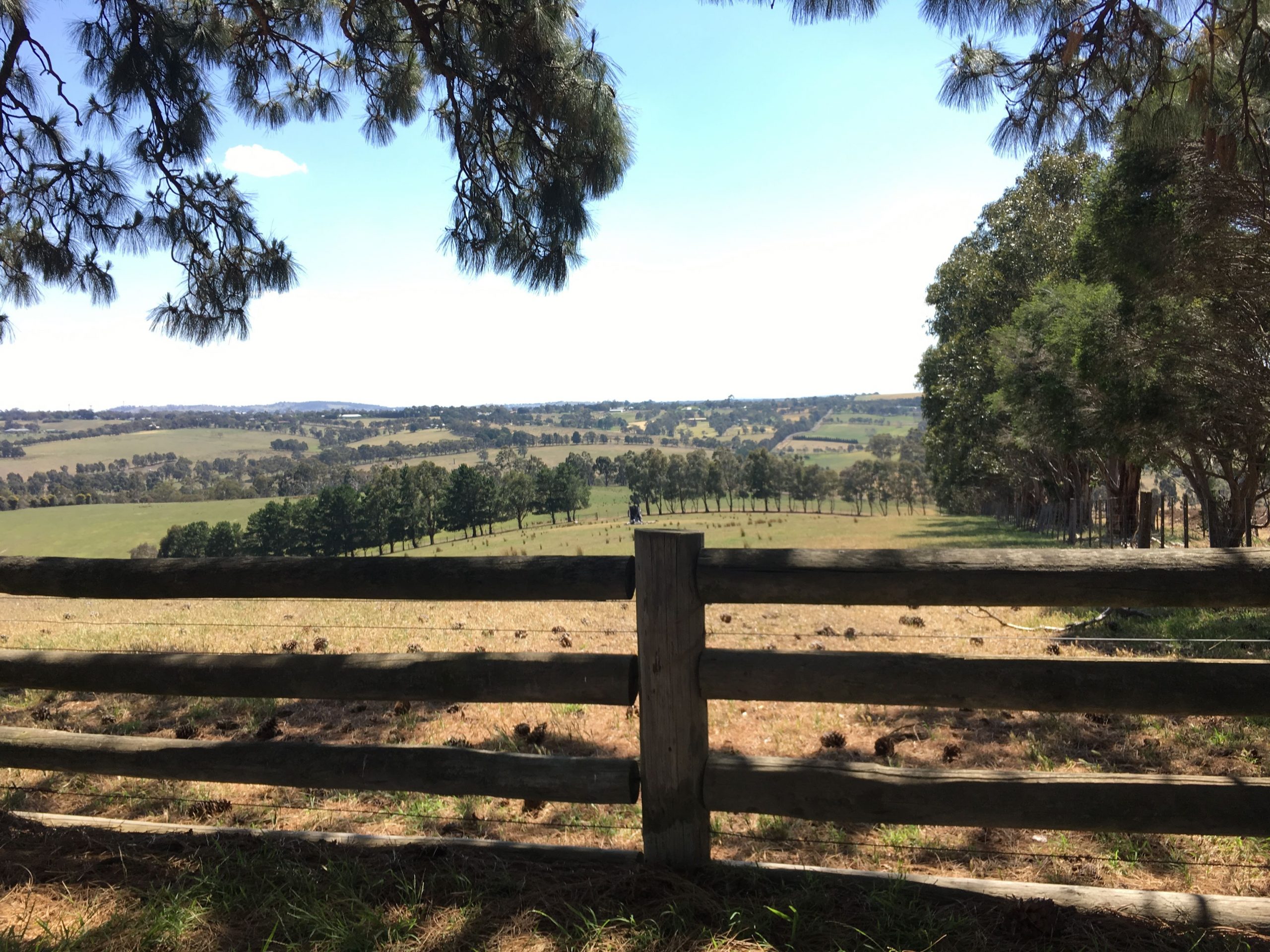
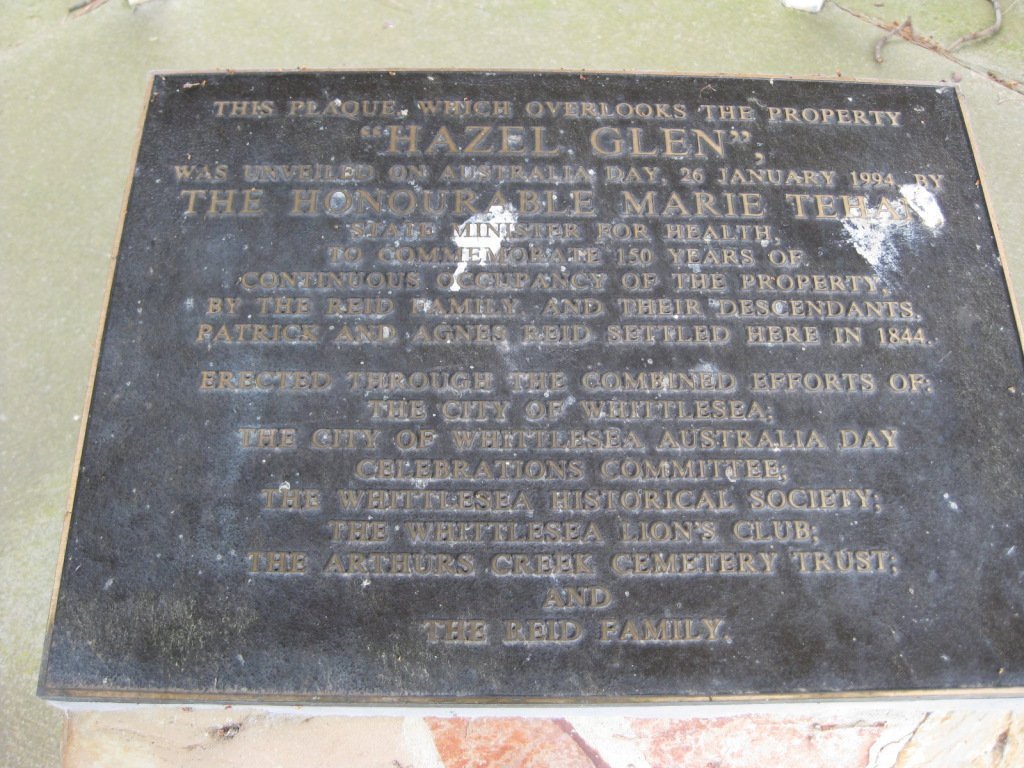
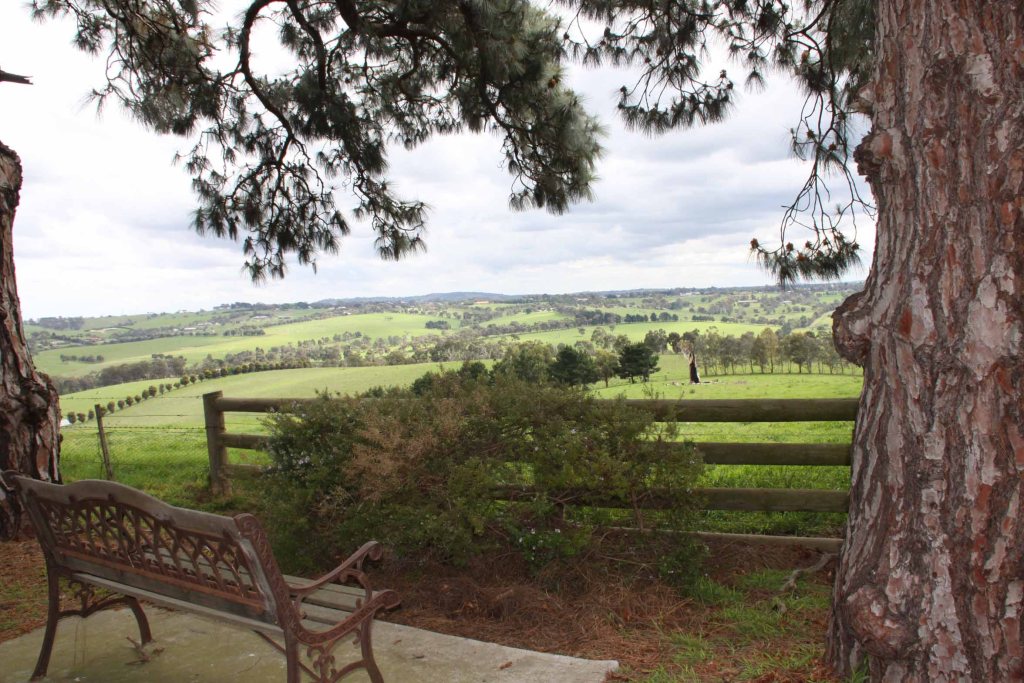
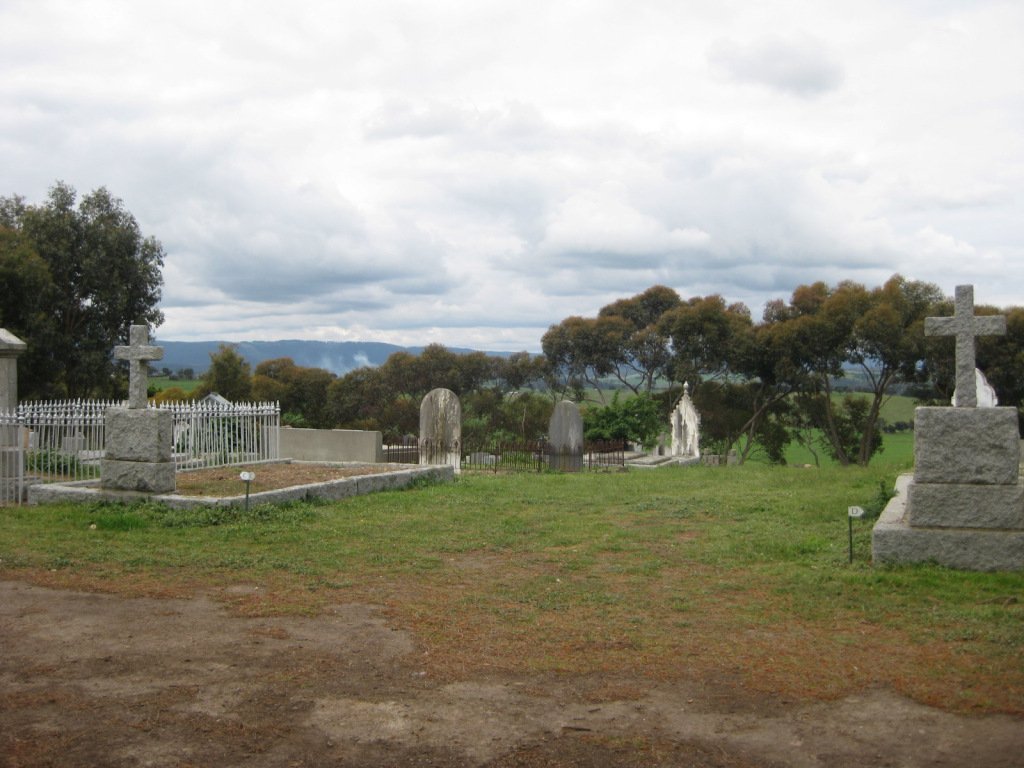
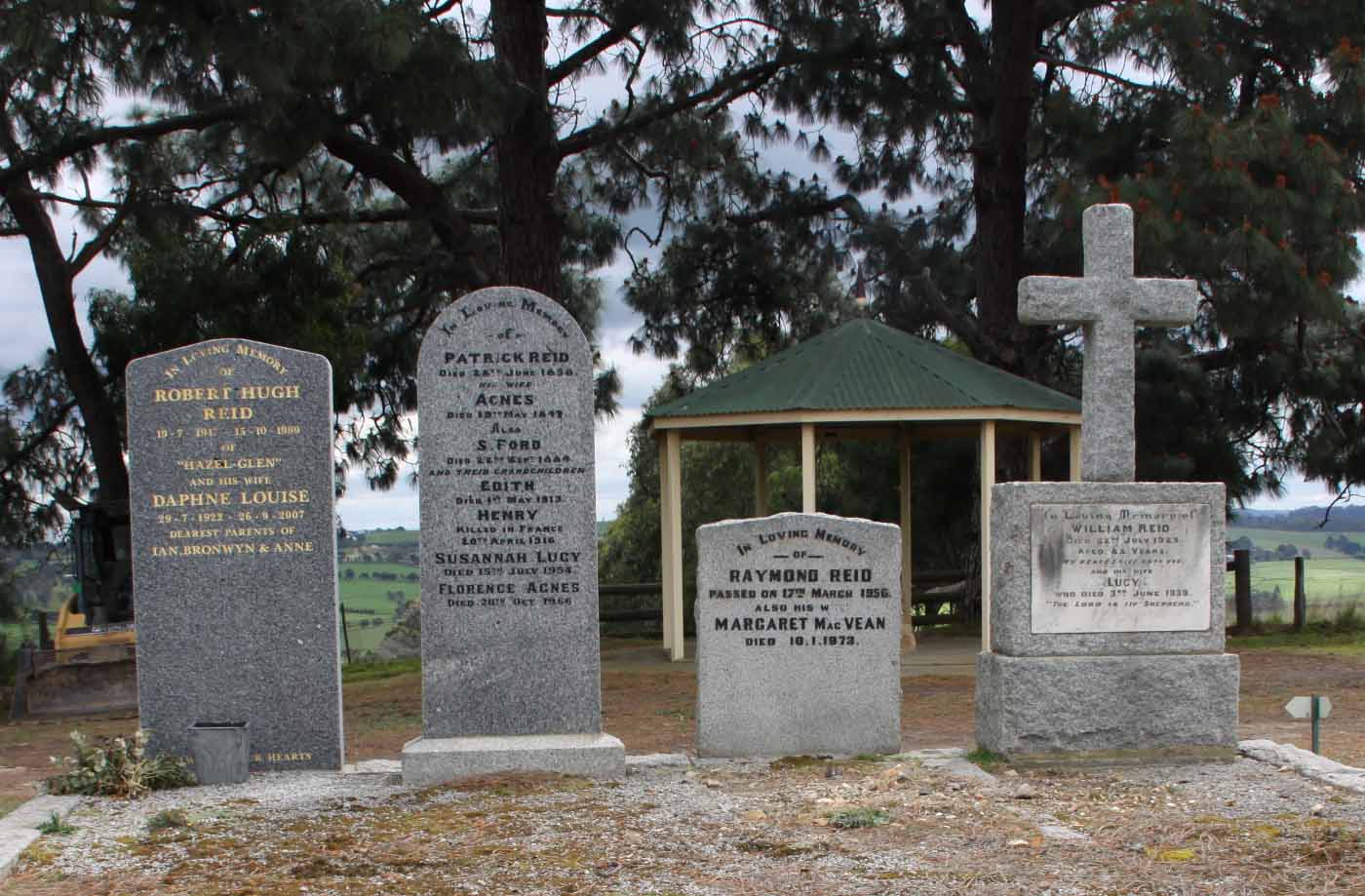
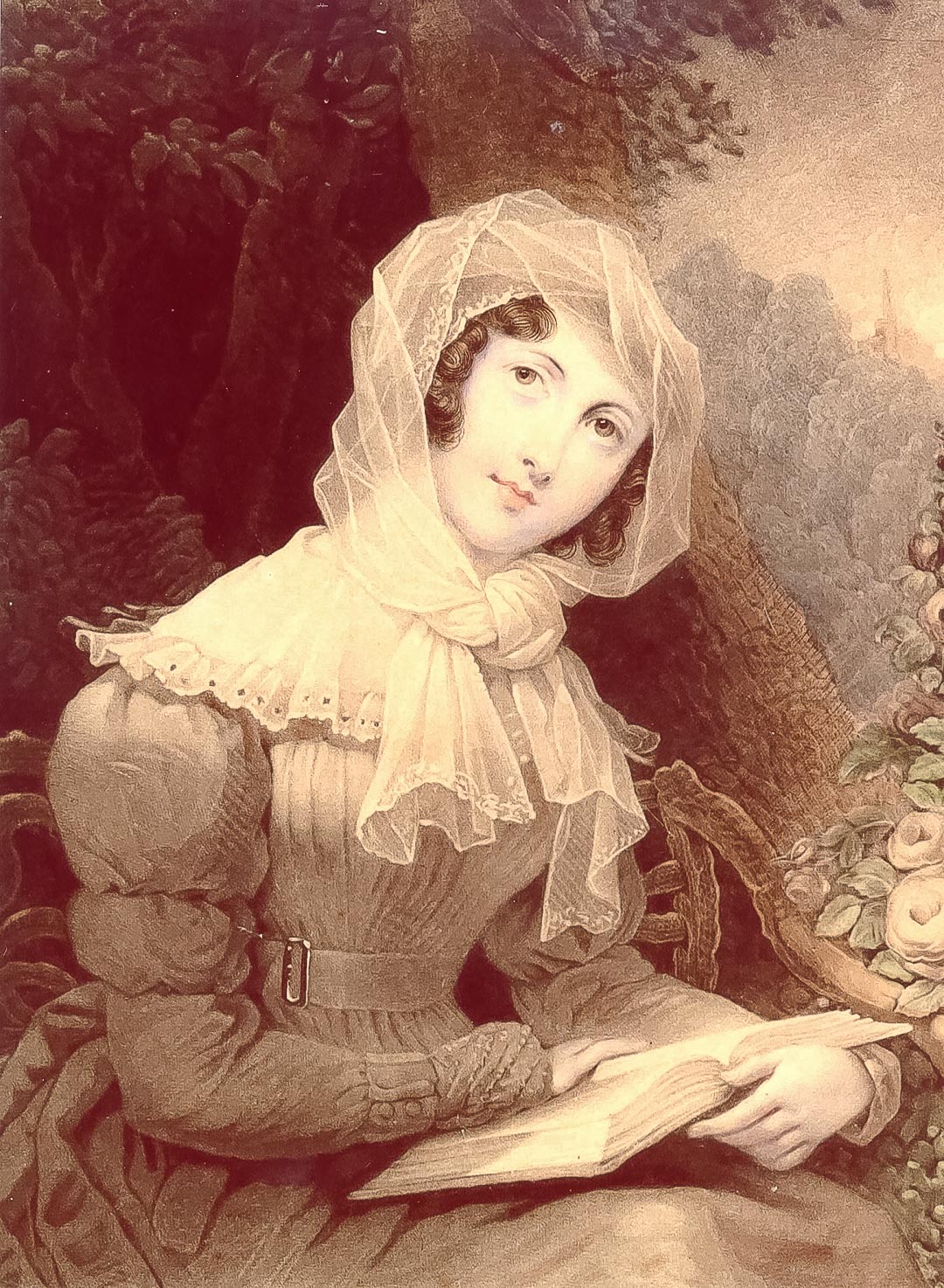
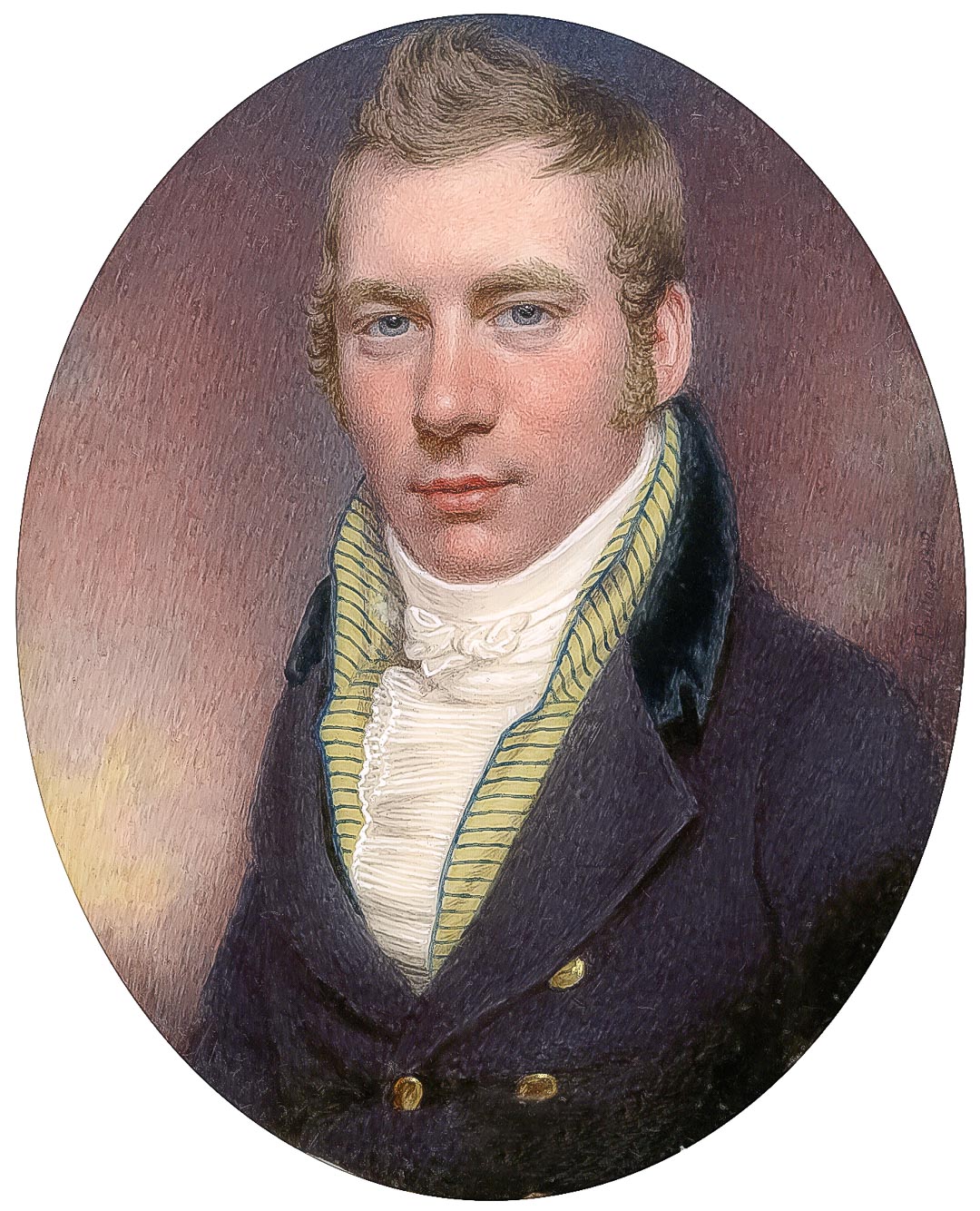
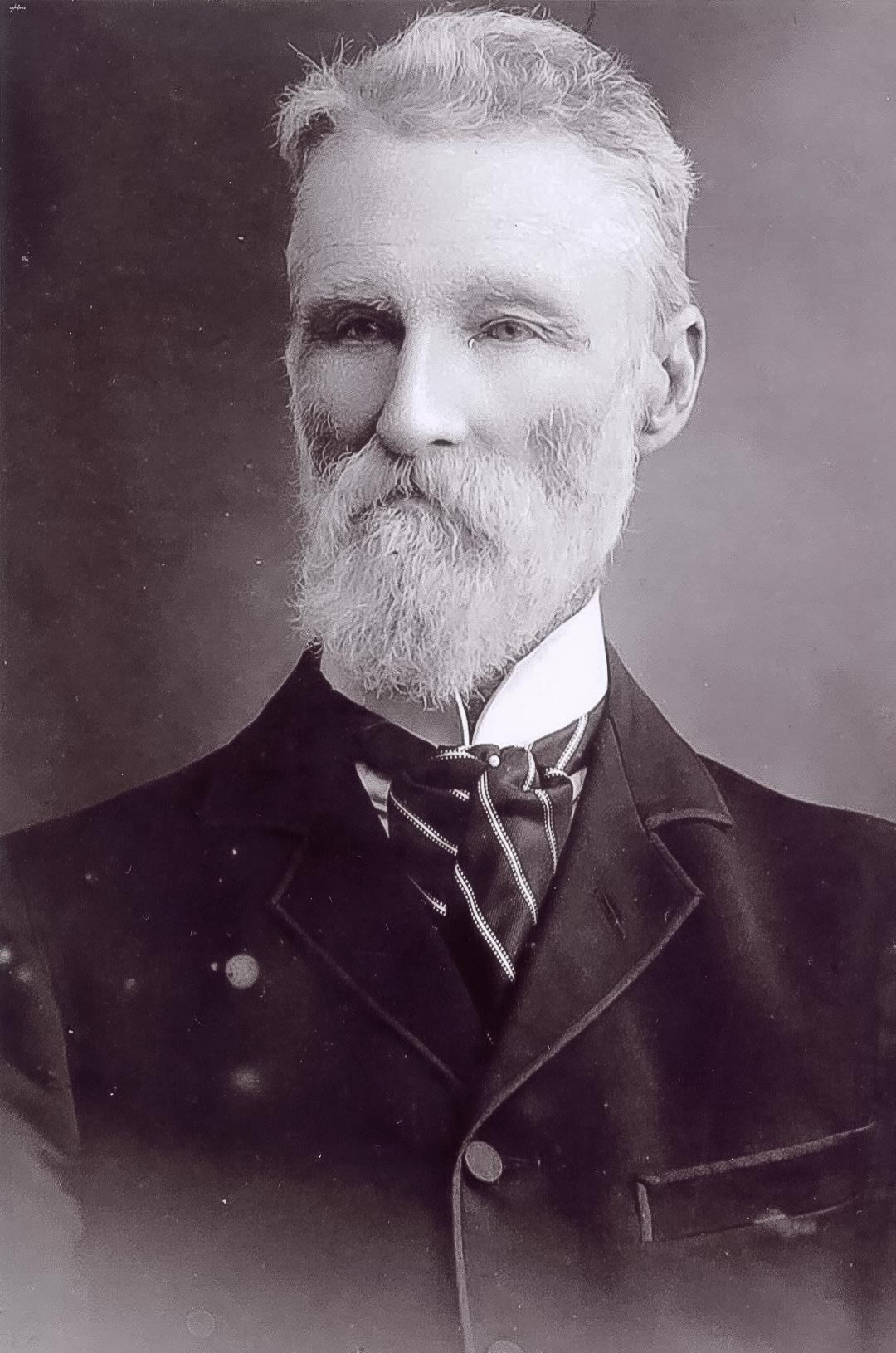
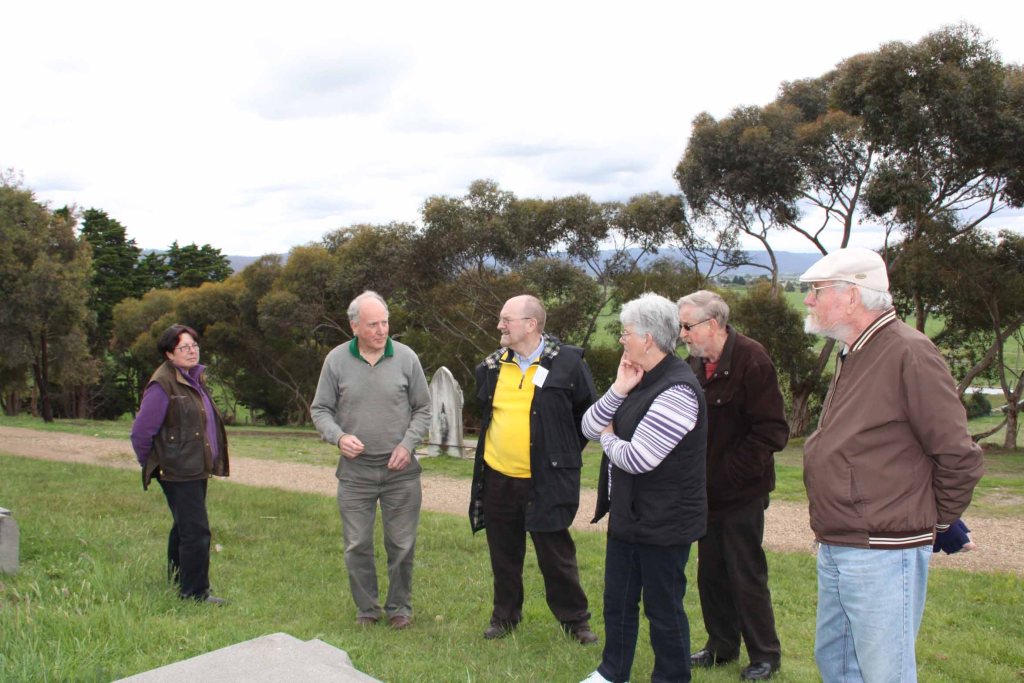
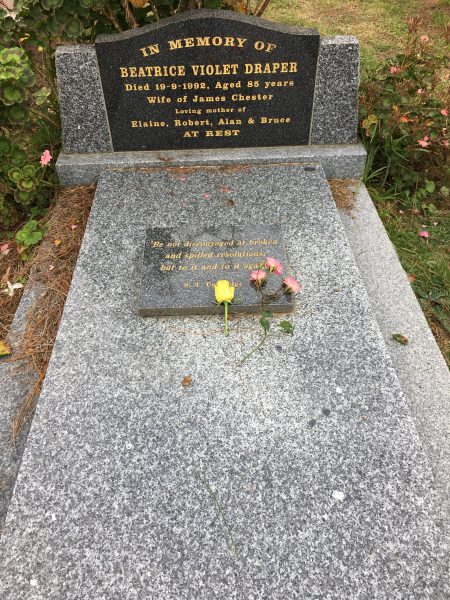
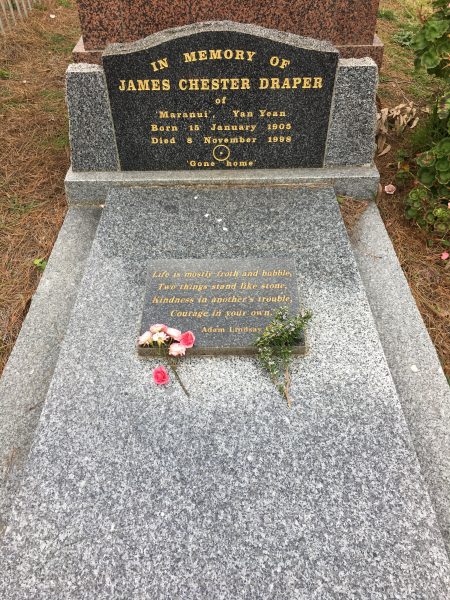
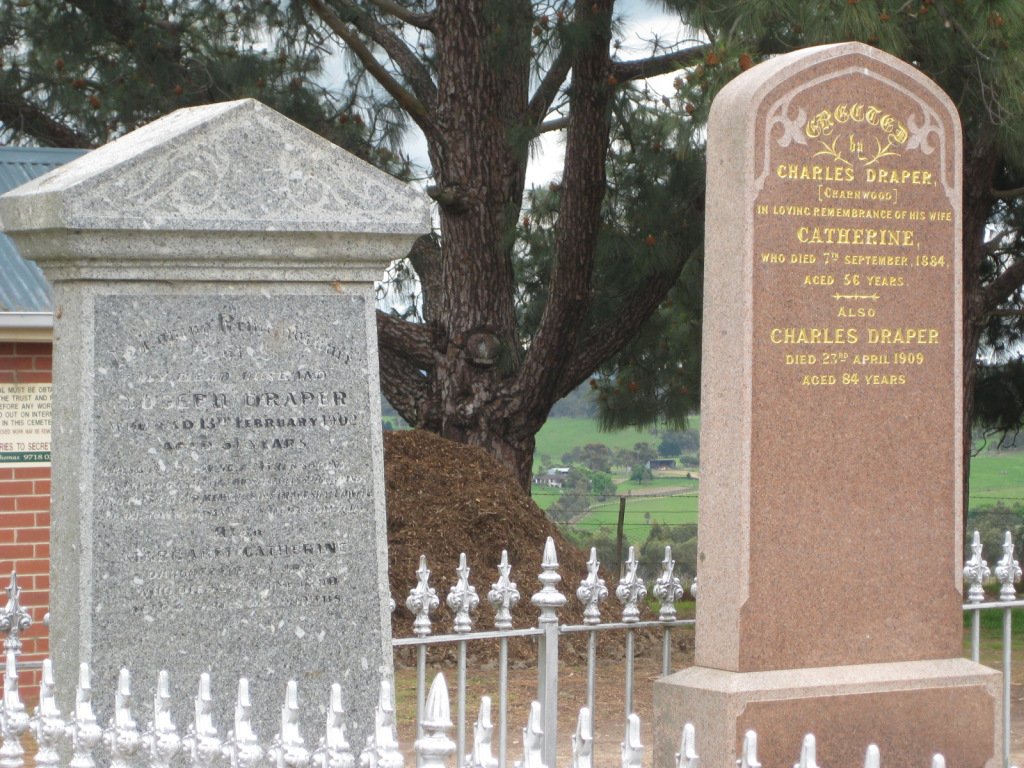
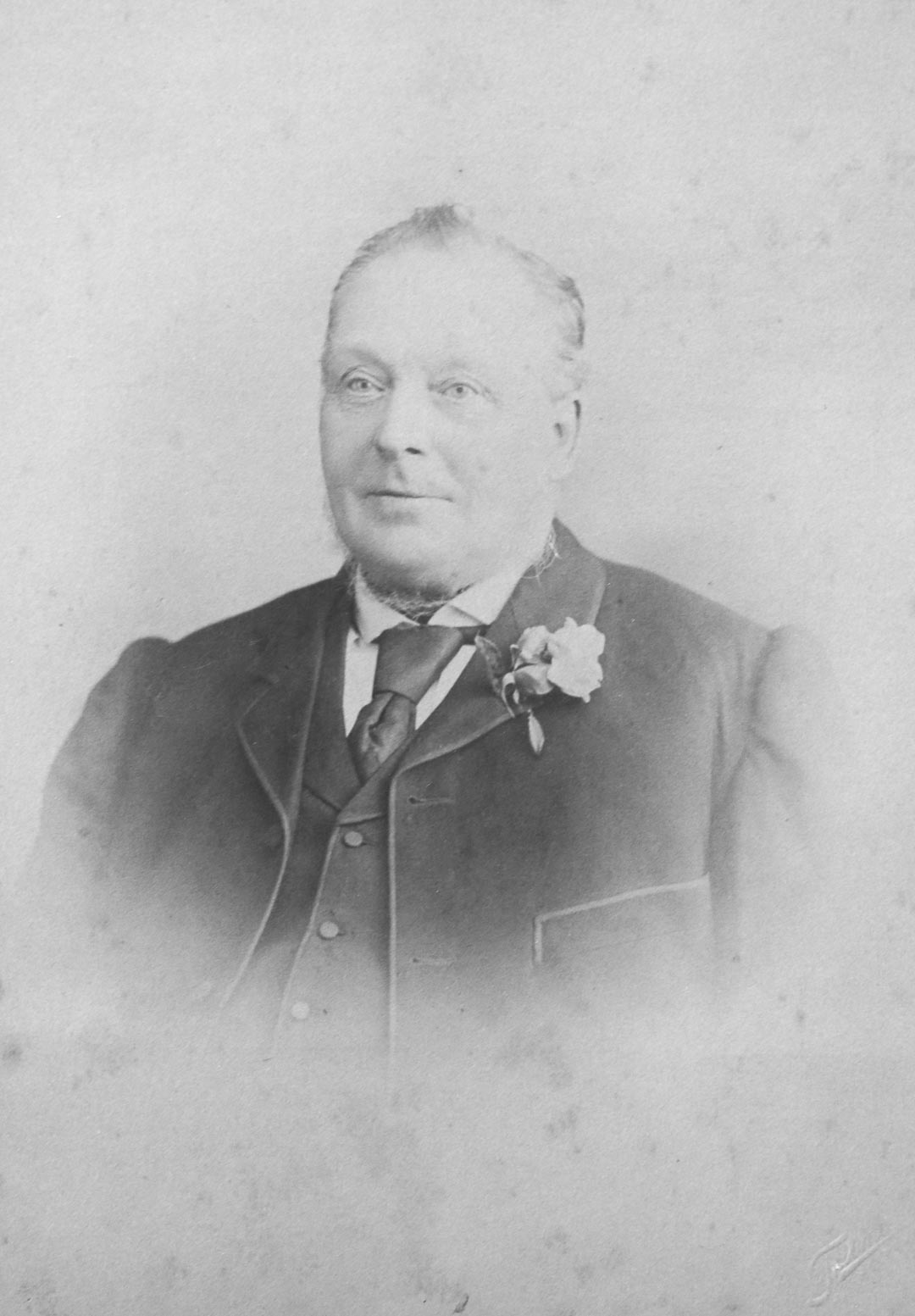
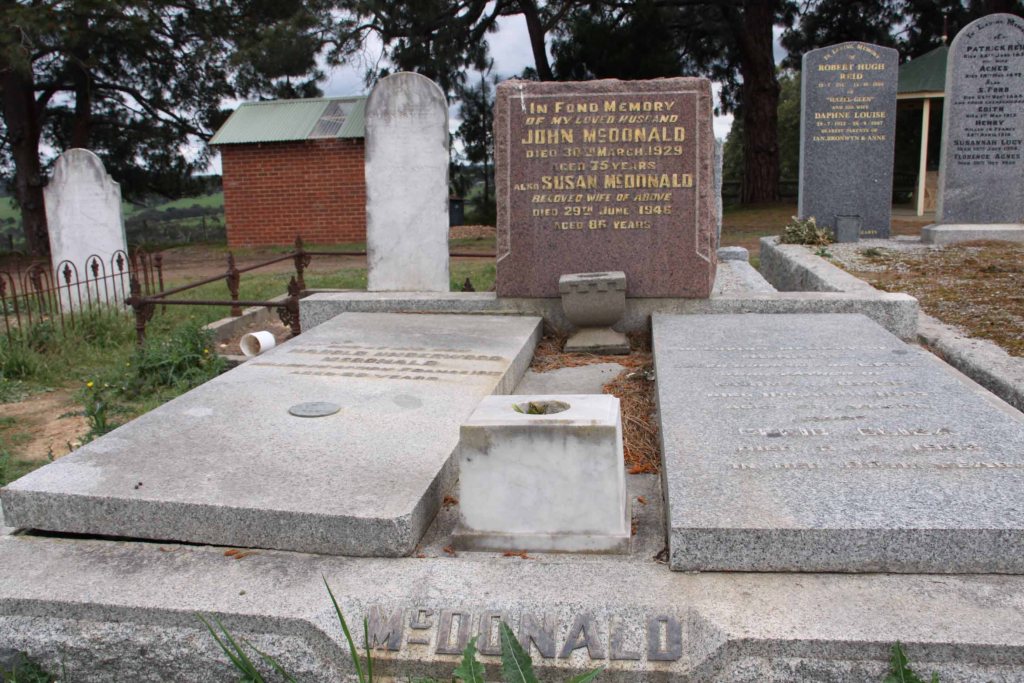

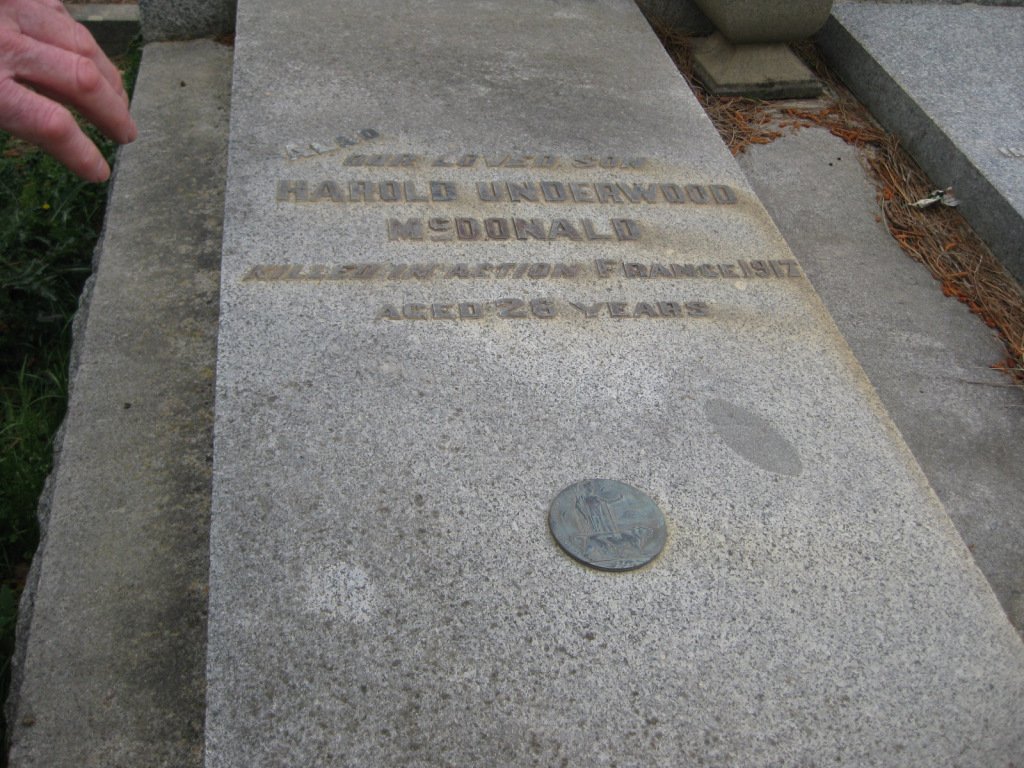
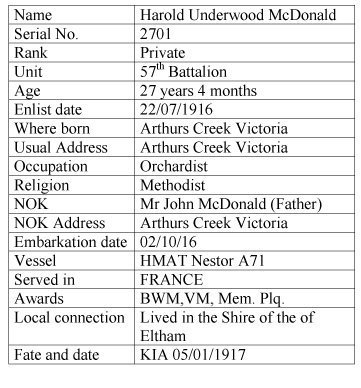
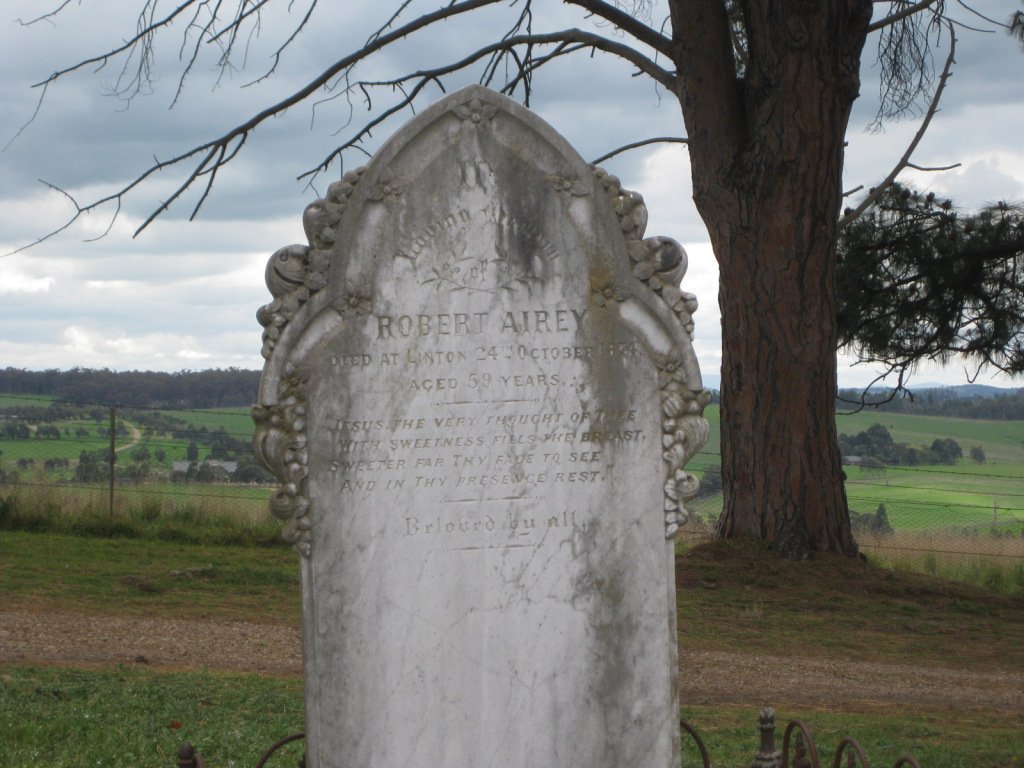
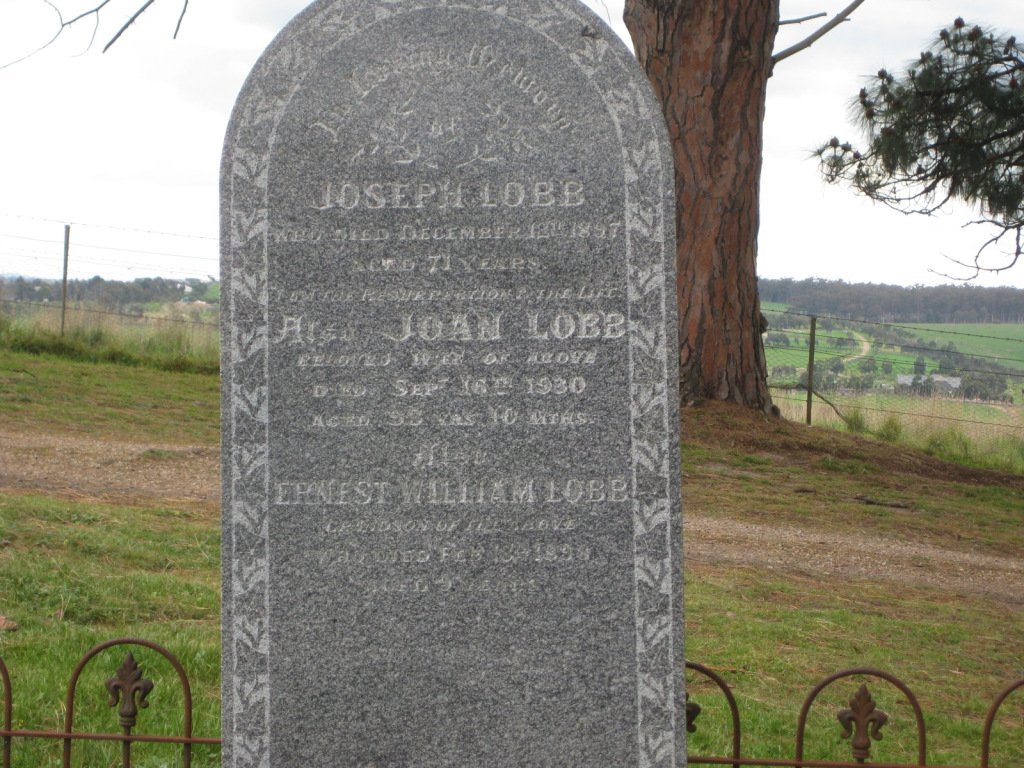
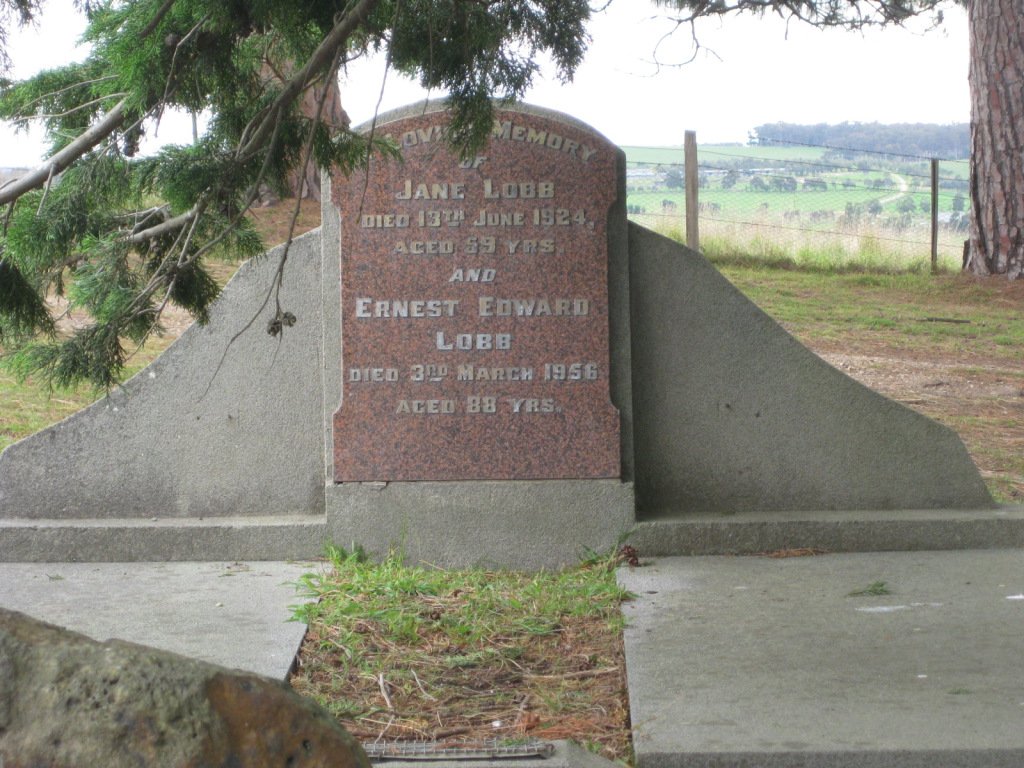
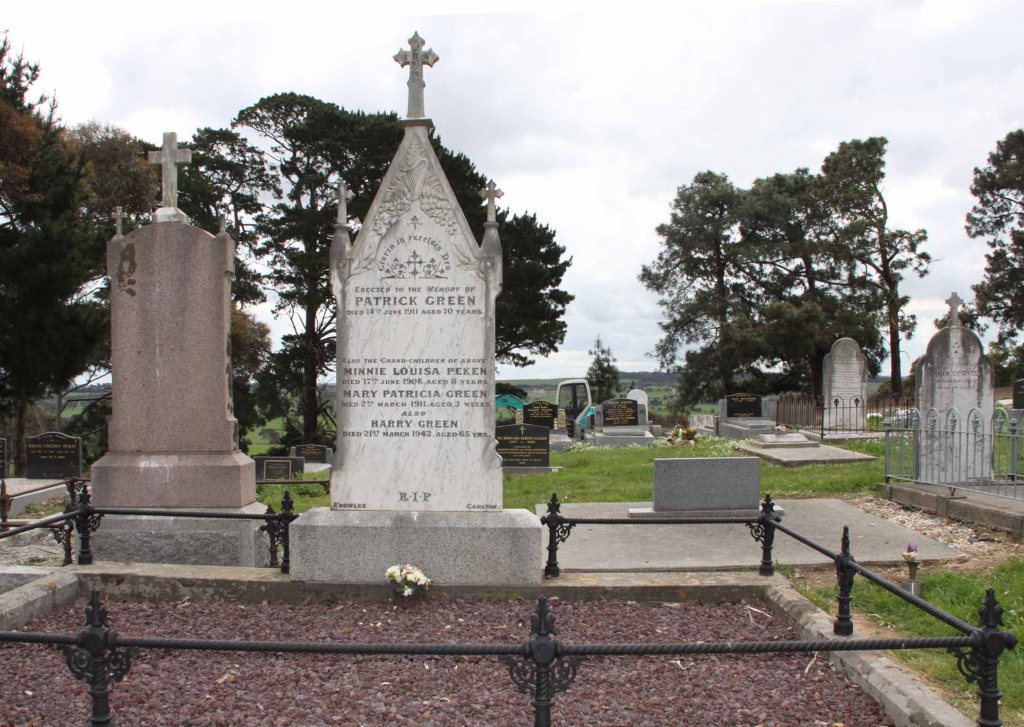
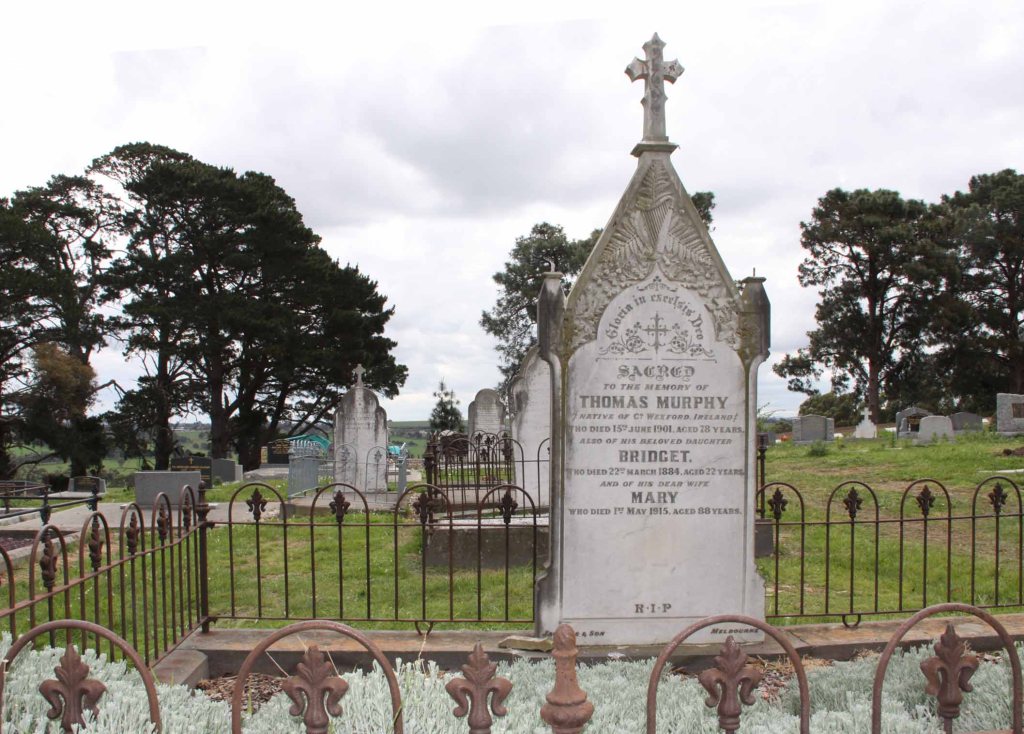
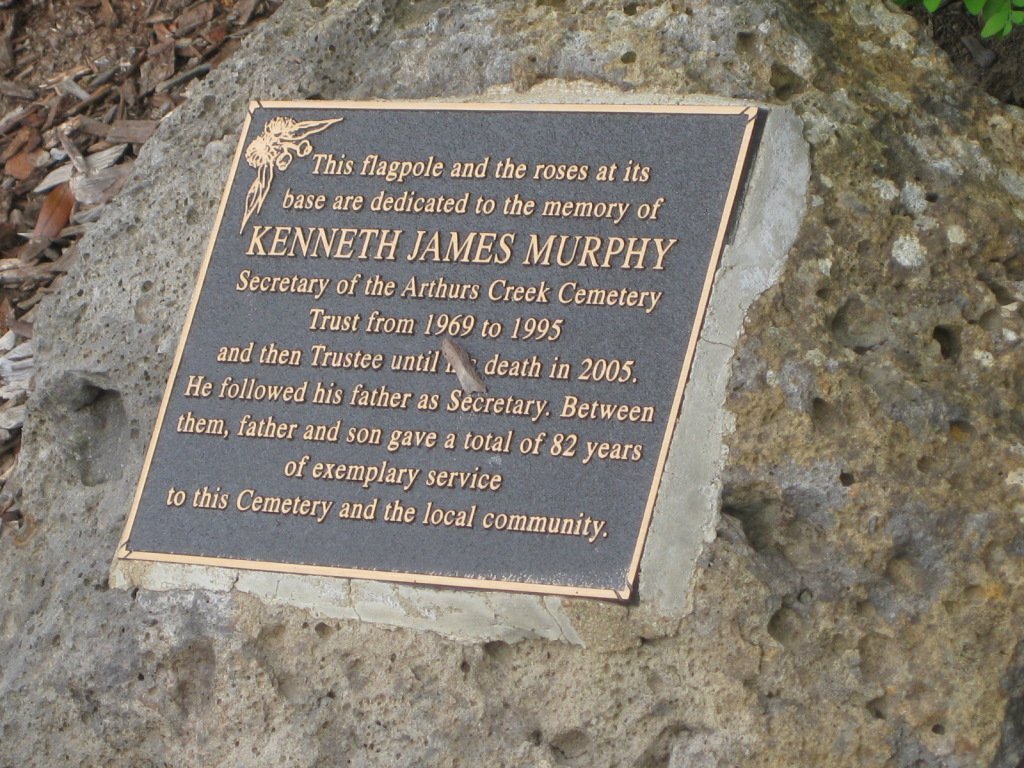
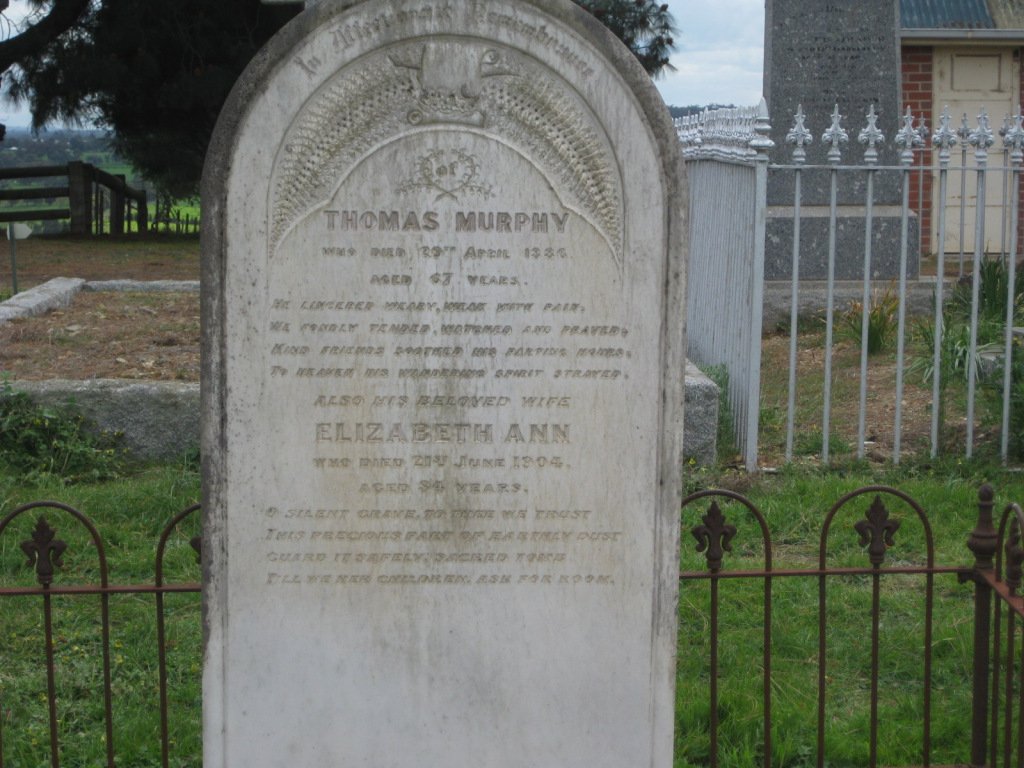

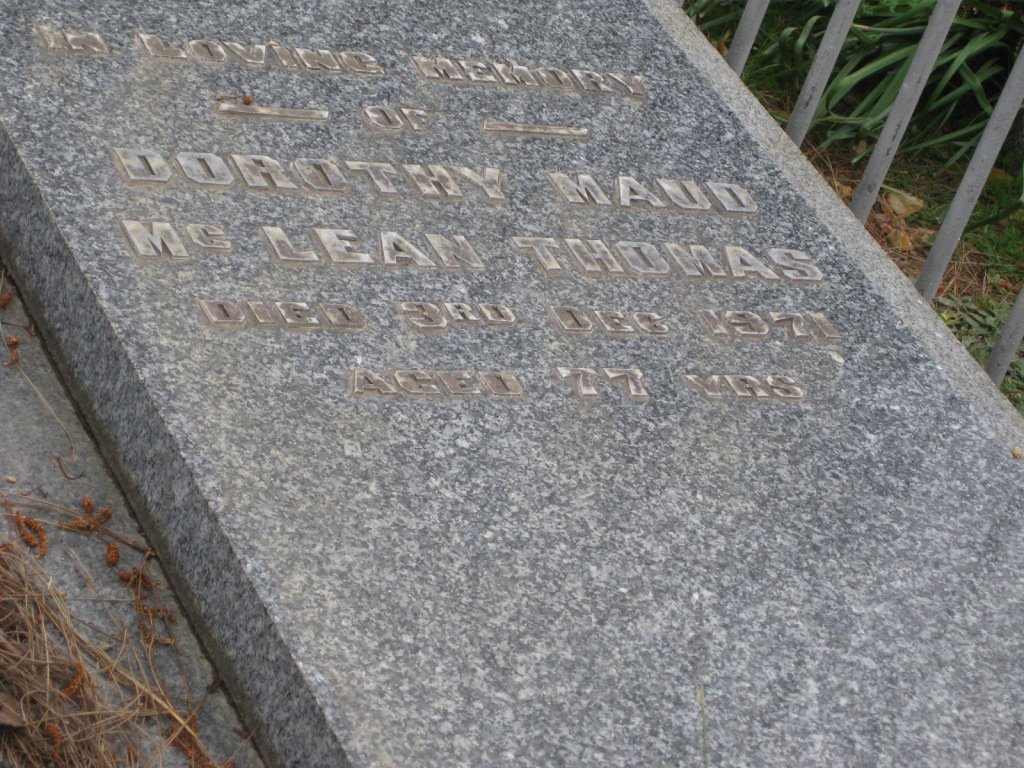
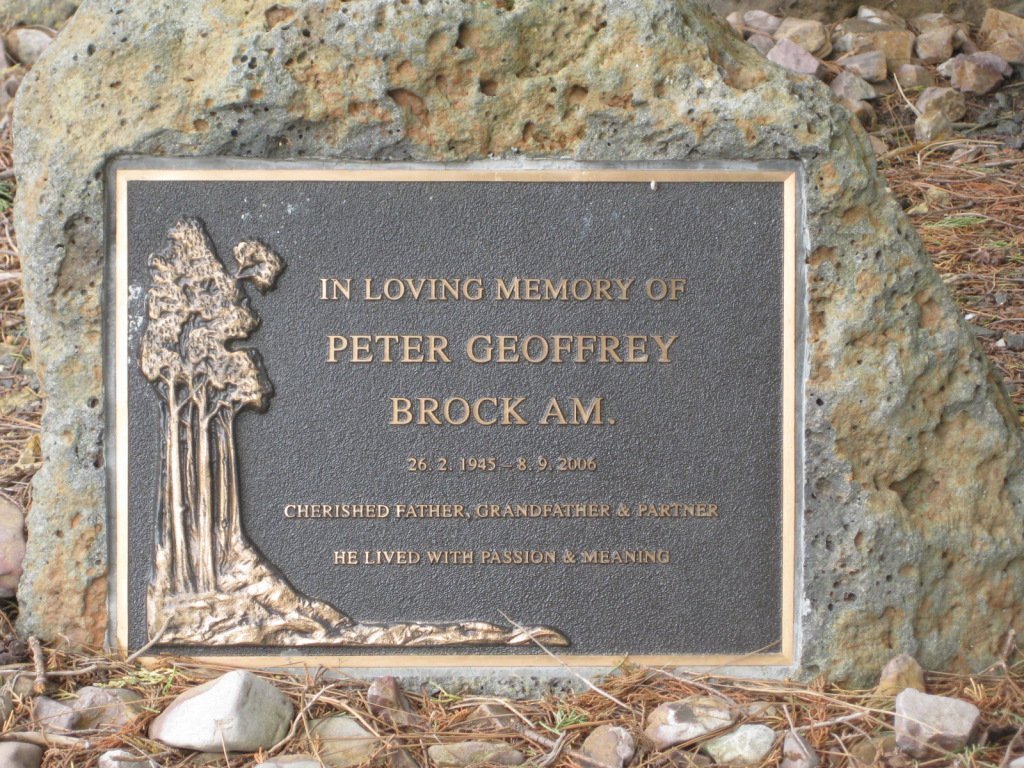
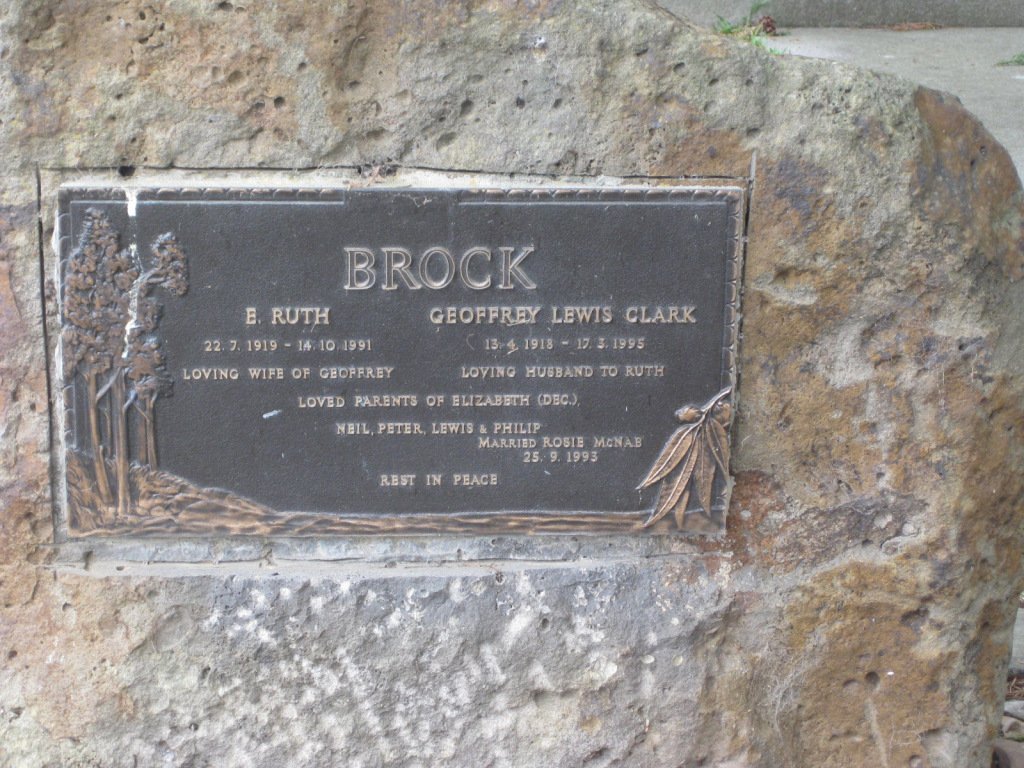
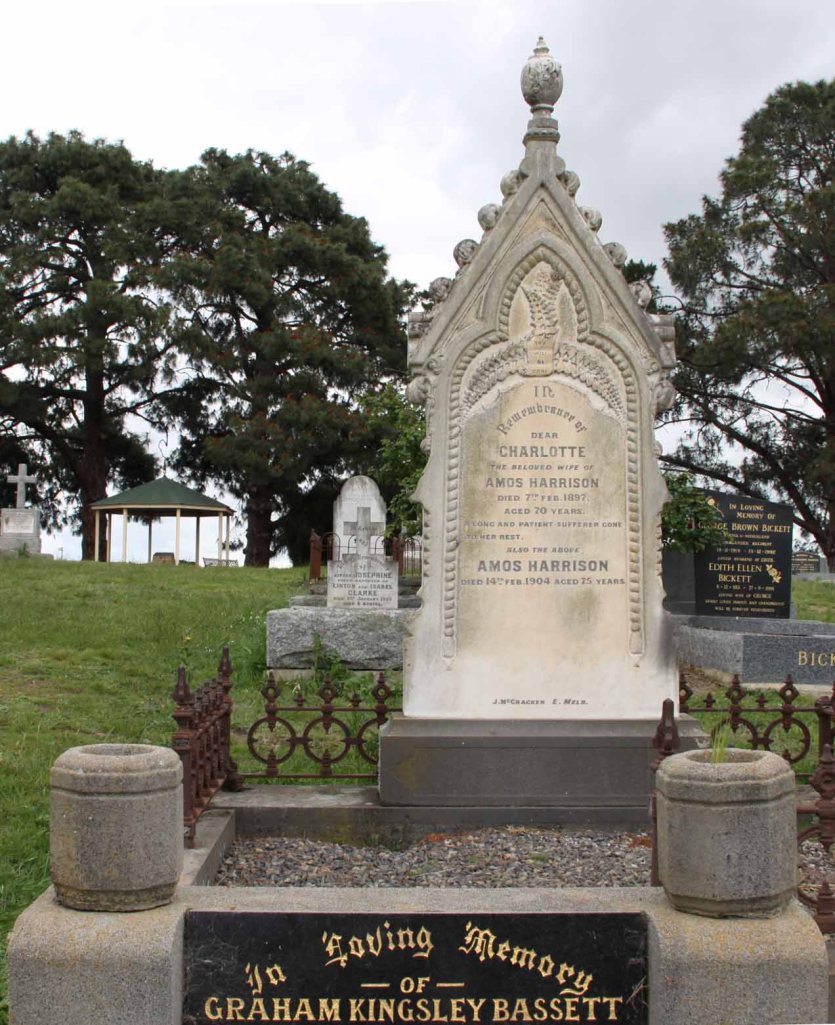
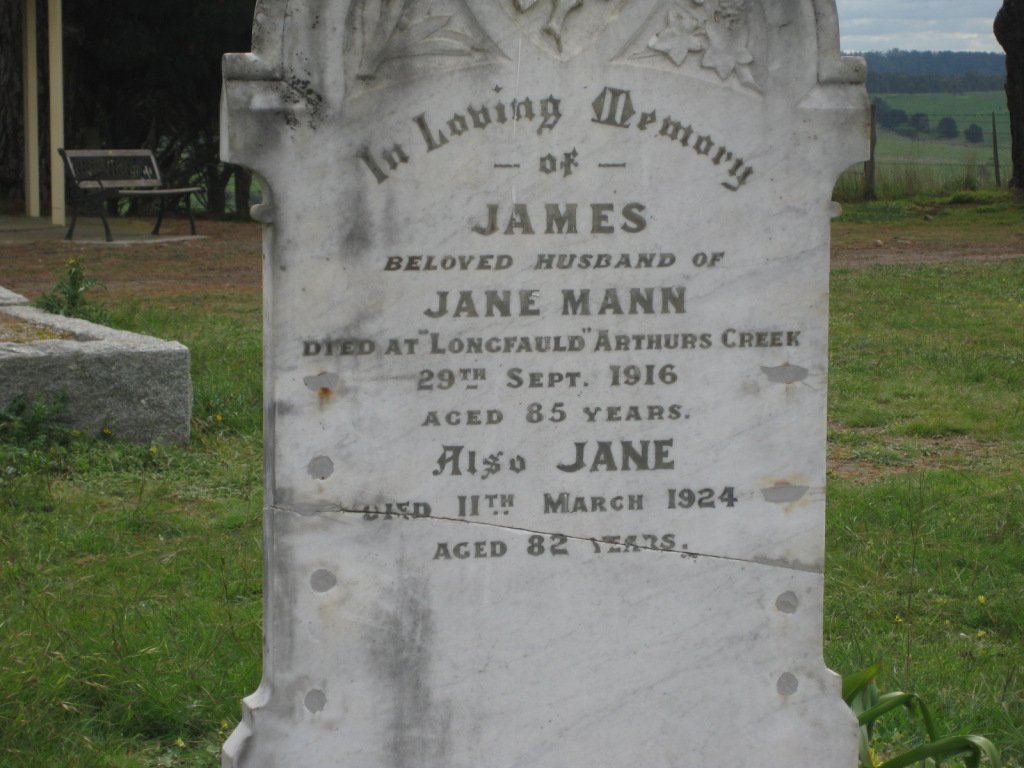
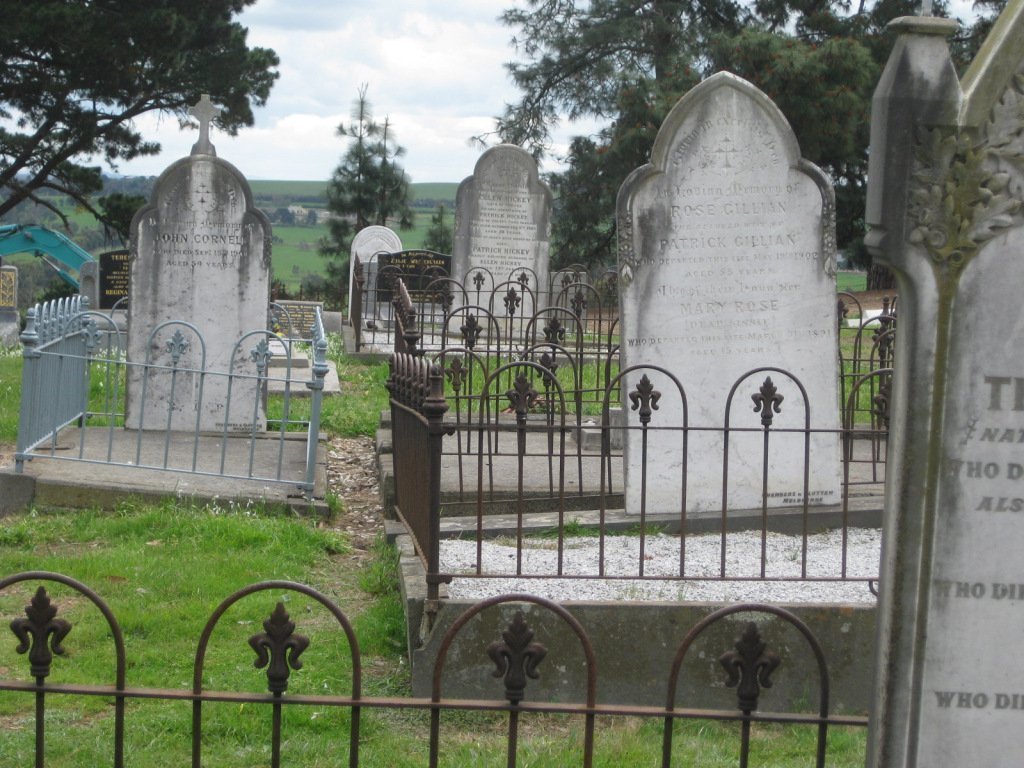
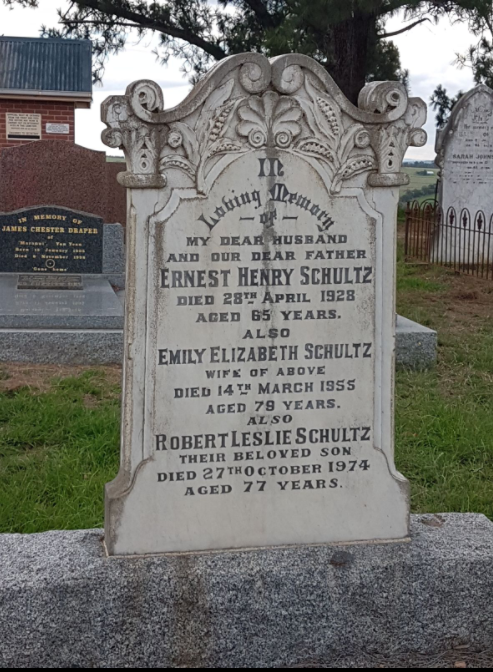
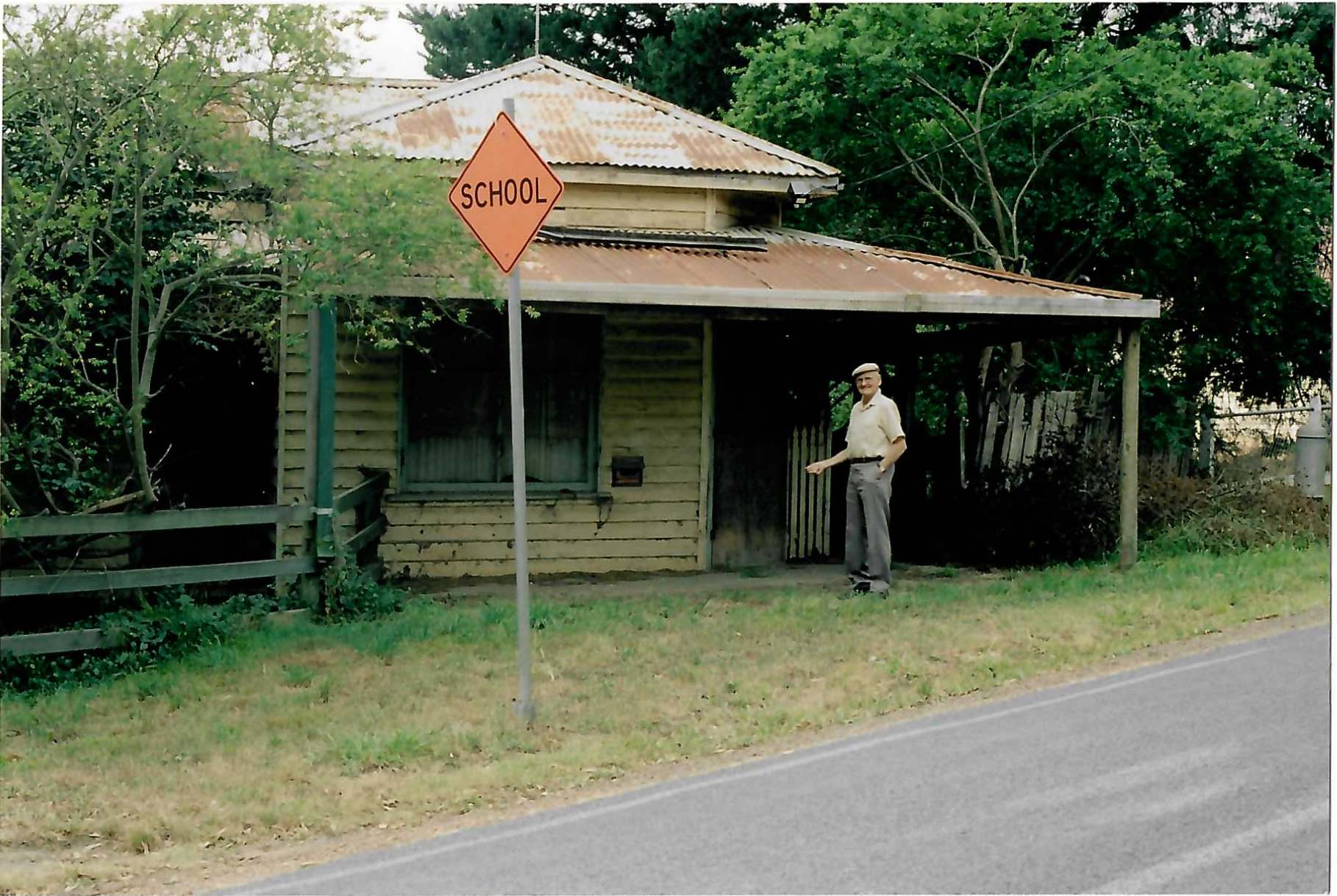
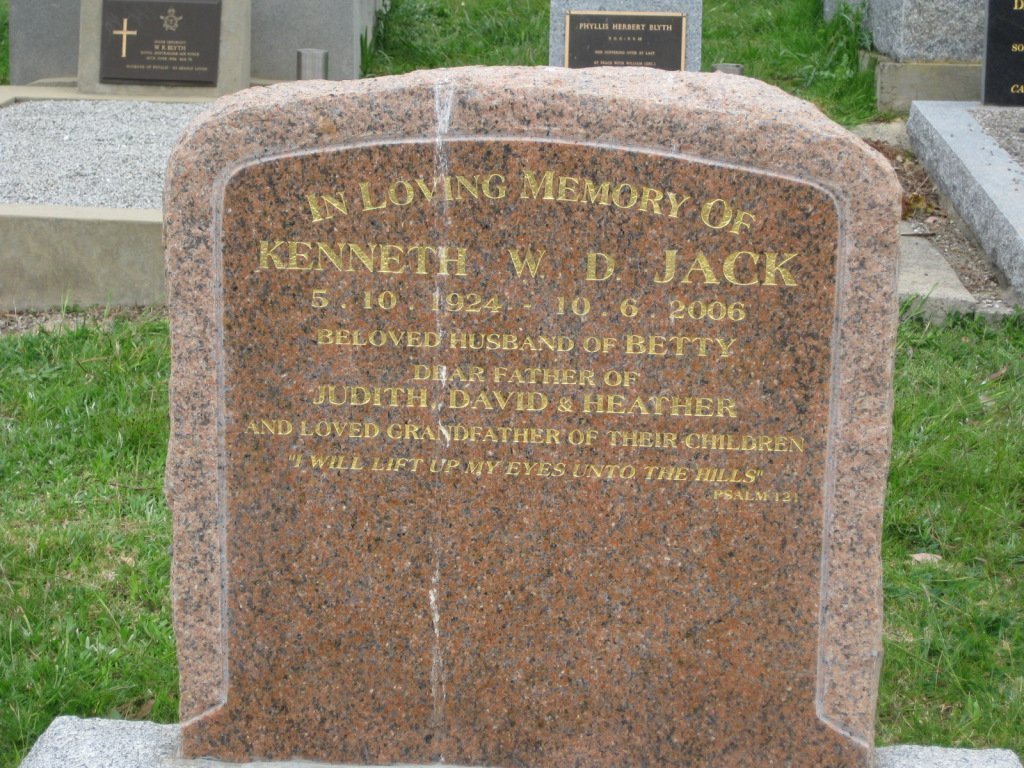
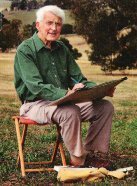
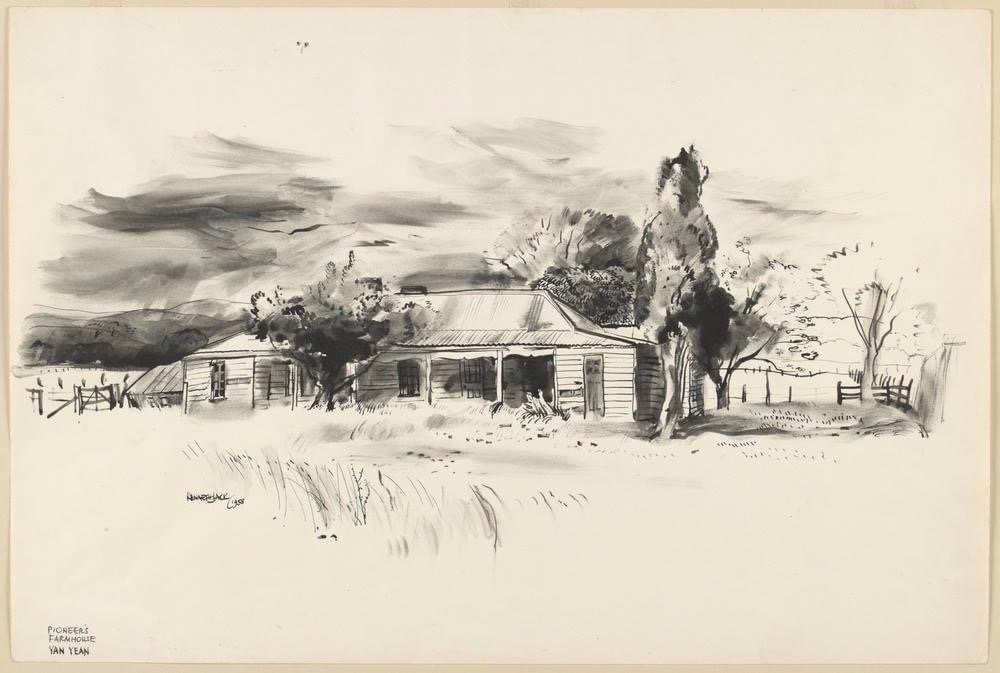
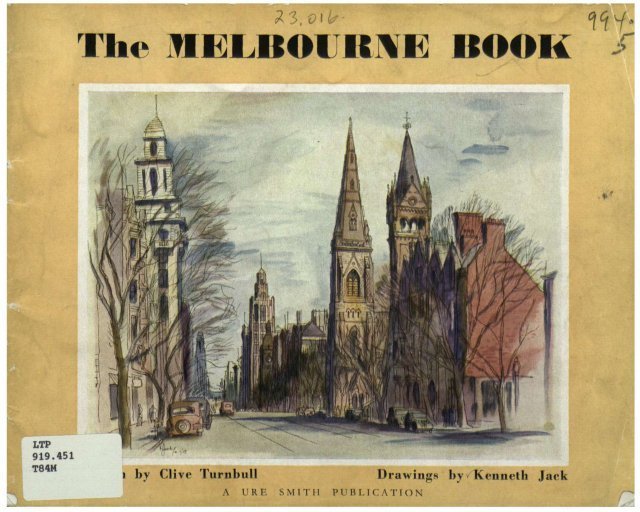
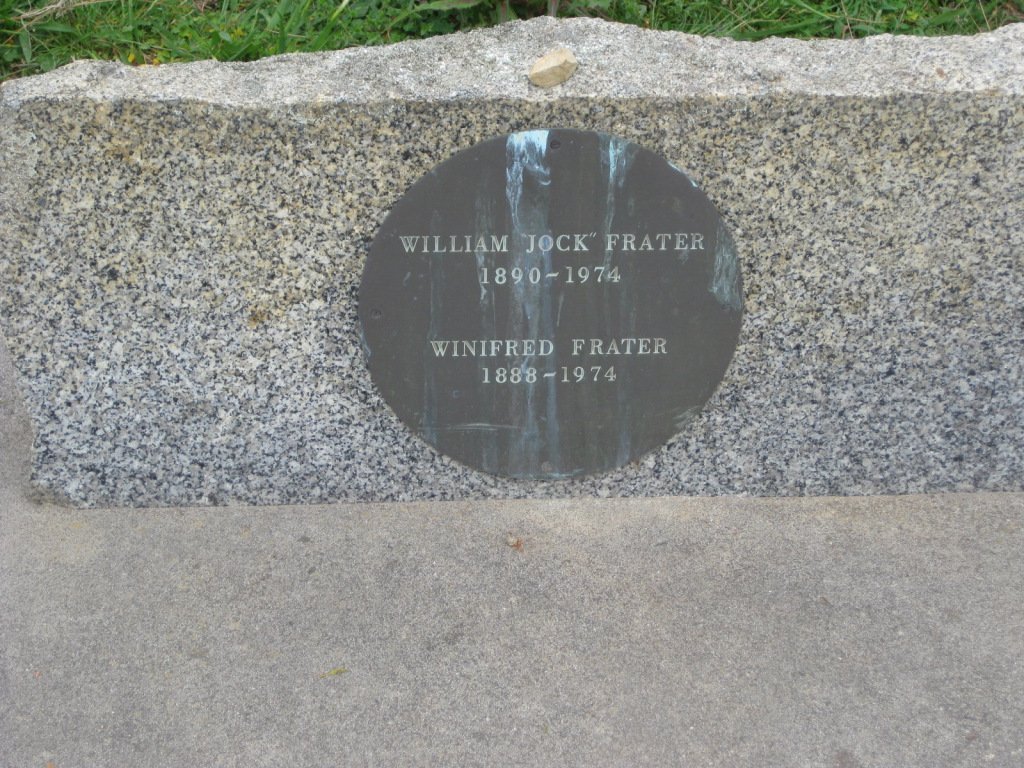
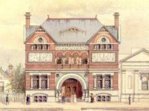
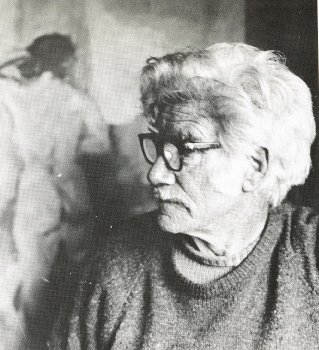
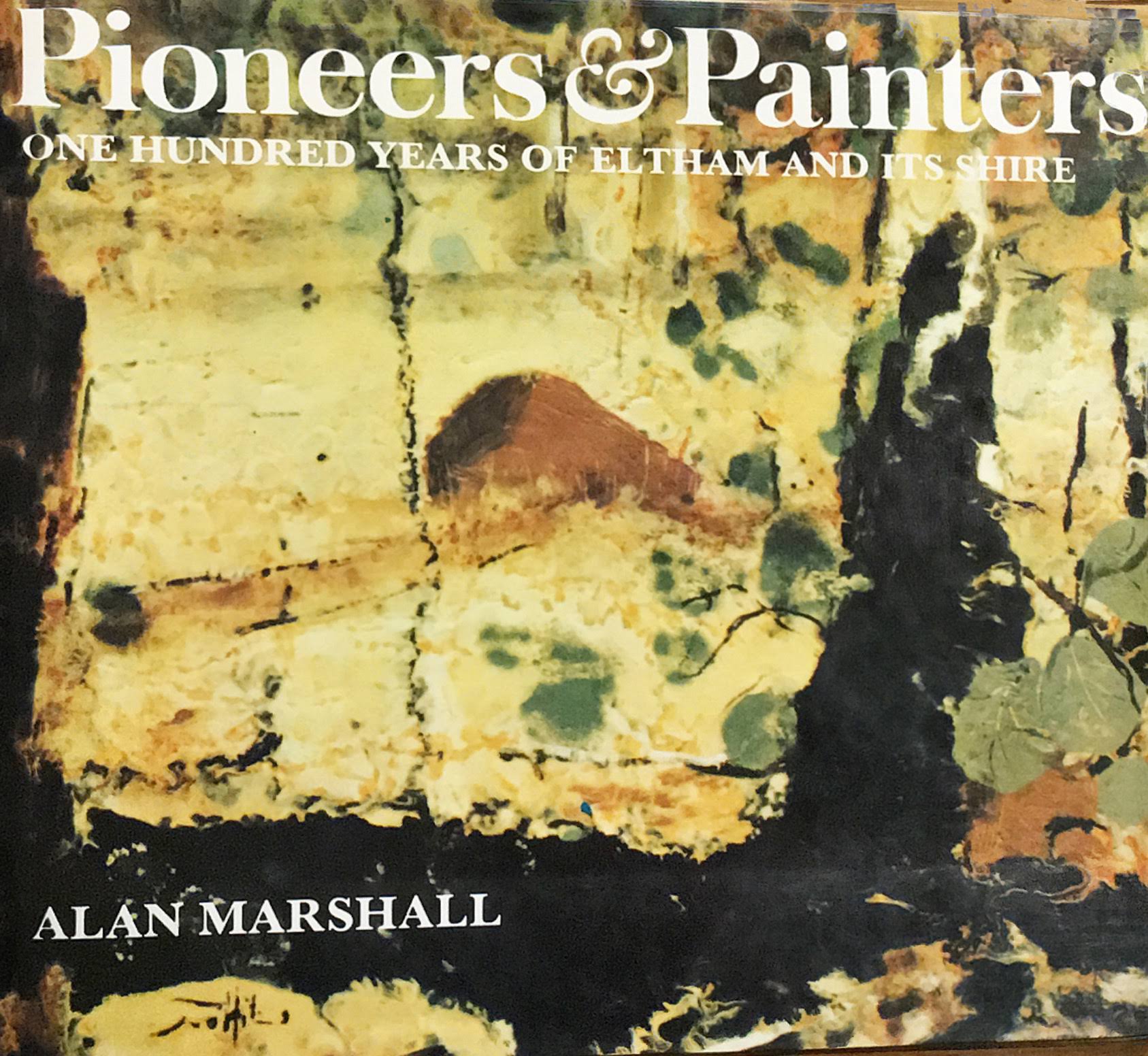
0 Comments